|
RV life, like anything else, has its ups and downs. The ups include freedom, flexibility, and exploration. But those perks can come at the expense of difficult, stressful drives trying to maneuver a vehicle the size of a semi-truck through unfamiliar neighborhoods when Google Maps steers us wrong. Although a white-knuckled drive through New York City with fear of low-clearance bridges proved treacherous, it didn’t make our list of top challenges in our third year of RV travel. Neither did rising fuel costs, which we were able to offset with a lot of moochdocking and boondocking stays. Here’s what did make the list, in no particular order: 1. Flat Tires After two years on the road, we experienced only one flat tire. In our third year, however, we encountered four — all on our trailer. Two of the flats, about a week apart, were caused by leaks in the stem, related to the tire pressure monitors there. We quickly learned how to gingerly attach the monitors to avoid weakening the stems. The other two flats resulted from our tires disintegrating from the inside out. Thankfully, in each circumstance, we were able to safely navigate to the side of the road to replace the faulty tire with our spare. And we got really good at changing tires. Since we had purchased our trailer tires, and a warranty, at Discount Tire, we were able to replace them inexpensively. 2. Tornado Warnings When you live in a home made of lightweight materials such as plywood and aluminum, you know its likelihood of standing up to a powerful tornado is extremely low. Because of that, we take any tornado warning seriously. In our second year of travel, we endured our first tornado warning, a sobering experience. In 2022, we encountered three such situations. Our first occurred while we were in New Orleans. The state campground had bathroom buildings we could have sheltered in, but we would have had to separate in the men’s and women’s rooms. Wanting to weather the storm, literally, together, we opted to ride it out in our truck in an empty parking lot, away from potential debris. The second warning hit while we were at a state campground in Mississippi. Because the campground was on the Gulf Coast, buildings in the area were on stilts. Again, not wanting to separate in the men’s and women’s restrooms, we headed to the second story of a building on stilts and hung out with other campers in the laundry room. The third warning occurred while we were staying at a Boondockers Welcome host in South Carolina. It spurred us to visit our hosts’ home. They graciously invited us in to ride out the storm. In each instance, a tornado did not touch down near us, and we stayed safe. 3. Leveling Leveling woes continued to plague us, to the point that Bob called a Lippert (the maker of our leveling system) tech while trying to set up the trailer near San Antonio. That worked to get the trailer level, and we picked up some other tricks along the way.
We learned to get the nose of the trailer higher than level before hitting the autolevel button on our Lippert system. We also learned to stack blocks under each leveling jack/stabilizer before trying to autolevel. This prevents the system from getting an out-of-stroke error, which had been a common occurrence for us. As a result, instead of it taking two hours to reach equilibrium at a mobile home/RV park like last year, we were able to do so in about 30 minutes, our normal time. The challenges we encounter help us better appreciate the good aspects of RV living. Despite the struggles, we’re happy with our lifestyle and are enjoying the journey. Thank you for following along. You might also like Scariest RV Moments of 2021.
7 Comments
Be careful what you wish for. We had planned to head to Albuquerque from Branson, Missouri, for two reasons: to shorten the remaining distance to our planned stops in Arizona and to get to higher elevation for cooler weather. Wanting to make the 868-mile drive in two days, we hit the road. Near the Oklahoma-Texas border, we started searching for an overnight stop near Amarillo and made a reservation. The warm weather prevented us from our original aim of spending the night at a rest area. We needed an electric hookup to run our air conditioner. A few minutes later, our invaluable tire pressure monitoring system (TPMS) started beeping, alerting us to a fast leak on one of the trailer tires — our fourth such instance this year. Not near any freeway exits, Bob safely pulled us to the side of Interstate 40. Fortunately, the leak was on the passenger side, and we had gotten really good at changing tires. Vehicles whizzed by, shaking the trailer side to side. The faulty tire gave no clear evidence of the leak source. It didn’t appear to be the stem, and no obvious screw or nail caught our eyes. We secured the flat under the trailer where the spare normally goes and continued on our way. Weekend Detour This happened on a Saturday after 5 p.m. A quick Google search revealed the nearest Discount Tire shop — still hours away in Amarillo — closed at 6 and wouldn’t reopen until Monday morning. Bob called some truck stops to see if any of them could patch a tire. A gal at one said we could get in line, and they might get to it at midnight. We kept driving and saw a billboard announcing another truck stop with a tire shop. Taking our chances, we found the shop open. A worker checked the tire to determine the location of the leak. As with the flat a month and a half earlier, this tire had started to come apart. Little wires from the steel belts protruded next to a small hole, too close to the edge of the tire for a patch job. Because we had bought the tire at Discount Tire and paid for a warranty, we knew waiting until Monday would be our best and least expensive option for replacing it. But we had to find somewhere to stay until then. More research led us to an oasis in the prairie: Bobcat Creek RV Park in Sayre, Oklahoma. After a peaceful, relaxing night there, we considered staying until we got the tire fixed, but that would mean a three-hour round trip for Bob to get to Amarillo and back. And the website for the closest Discount Tire store showed the tire we needed out of stock and unavailable until Thursday. We decided to move closer to Amarillo and found a private lot in Groom, Texas, with one of its four campsites available. Camping with the Windmills Having spent most of the summer in the East, we had forgotten about wind. Camping in Oklahoma included wind, and Bob’s allergies started acting up. Texas didn’t offer any relief. Navigating to the campsite felt like we were in the “Castaway” movie when Tom Hanks finds himself at a crossroads in the middle of nowhere. The only difference was windmills surrounded us in all directions. We settled into our spot in the shadow of a windmill. The next day, Bob drove about 50 miles to Amarillo to get the tire taken care of. The shop said it could get a replacement by late the next day. We wouldn’t have to wait until Thursday after all. We paid the campsite owner for another couple of nights and hunkered down. The time in Groom gave us an opportunity to visit a homey little cafe on old Route 66 for breakfast one morning. It also made it possible for us to explore the Groom Cross — a 19-story steel structure you can see for miles in either direction on I-40. The land surrounding it features stations of the cross that tell the story of Jesus’ death and resurrection, and a gift shop showcases related souvenirs and decorations. It was worth the stop. Destination: Albuquerque Bob drove back to Amarillo to pick up the new tire, and we replaced it successfully. Because of my work schedule, we decided to wait until later the next day to move on to Albuquerque. On the way, we watched our TPMS like hawks as the heat of the day and the friction of the road made the tires’ temperatures rise. Thankfully, we made it without incident. This whole experience reminded us of Proverbs 19:21: “Many are the plans in the mind of a man, but it is the purpose of the Lord that will stand.” Although our plans didn’t work out the way we had hoped, the flat turned out to be a blessing. It helped us realize that, rather than driving on these tires for another year of travel, we should upgrade them to ensure our safety. We’ll see if that new plan pans out.
You might also like Blessing in Disguise. We had just settled into Mike Rowe’s The Way I Heard It podcast to get beyond a stupid (but all-important at the time) squabble. The diversion worked, lightening our moods and bringing smiles to our faces. The cheer didn’t last long. Midway through one episode, our tire pressure monitoring system (TPMS) started beeping, alerting us to a rapidly deflating tire on our trailer — the third such instance in 2022. Thankfully, the off-ramp to a closed weigh station on the freeway offered the perfect place to pull over. As I emerged from the truck, a loud hissing assaulted my ears. Nearing the trailer, I could see a vapor escaping the front passenger tire. A Team Effort What Mike Rowe had begun, this situation completed. We both forgot about our squabble and quickly shifted into our roles to fix the situation. Having experienced two other flat tires within two months, we knew exactly what needed to be done and had gotten pretty good at it. I opened the trailer’s passenger side cellar door and removed the lug wrench to lower the spare tire from its secure spot under the rig. I also grabbed our Safe Jack from the cellar, a purchase that has more than paid for itself. It’s the right tool for any job that requires jacking up the trailer. After lowering the spare, I had to crawl under the trailer to pull it out. Bob busied himself in the back of the truck to find the torque wrench and the right size socket to loosen the bad tire’s lug nuts. That done, he crawled under the trailer to jack it up high enough to remove the bad tire and put on the spare. Unlike with our other flat tires, the root cause of this one was not a stem leak. The tire had started to shred. If our TPMS hadn’t notified us of the fast leak, we wouldn’t have even known. Our rig could have sustained serious damage from the shredding tire like a camper neighbor experienced. A tire blowout without a TPMS bent the frame of their slideout, sealing it shut. We carry a full-size tire under our trailer, the same make and model as the other tires on the coach. It’s a good thing, because this flat happened 1.5 hours from our destination in Bar Harbor, Maine. That’s a long way to go with a smaller, temporary tire. And, it being a Sunday, all of the tire shops in the area were closed. Warranty to the Rescue Having bought a set of trailer tires from Discount Tire in Tennessee in 2021, we knew they were still under warranty. Unfortunately, Discount Tire stores don’t exist in Maine. So, Bob had to call Discount Tire to see if the nearest store, in Boston, could ship the tire we needed to our location. The store associate said they could, so we had to confirm our campground could accept packages. Some campgrounds don’t allow package delivery for temporary residents. Our campground in Bar Harbor said it could receive a package. Bob ordered the tire and arranged with Tire Warehouse in the area to remove the bad tire from our rim and put the new tire on. We only had to pay about $35 for shipping — a bargain when you consider the cost of that new tire out the door neared $250. Once again, God watched over and took care of us, ensuring we had a safe place to pull over when the leak happened, providing cloud cover while we changed the tire, preparing the way for us to make it to our destination, and arranging for us to replace the bad tire with a new one. And our day only got better from there.
You might also like The Importance of a Pre-travel Walkaround. Living in a fifth wheel has its pluses and minuses. If we could change anything about it, we’d make it shorter. Our 13-foot, 3-inch height makes it tricky to navigate a lot of areas, including state campgrounds. We always have to be on alert for low-hanging branches and low-clearance bridges. The Northeast U.S. is notorious for low-clearance bridges. When its towns and cities were established in the 1600s, most people got around on foot. If they had to travel great distances, they would take a stagecoach. Although New York’s first bridge emerged in 1693 to connect Manhattan and the Bronx, most bridges didn’t appear until the 1800s. At that time, tall vehicles didn’t exist. Early Semi-Trucks The first semi-truck came on the scene in 1898. Alexander Winton designed it specifically to deliver a car on a trailer to its buyer somewhere in the country. This eliminated wear and tear on the vehicle from driving it to its purchaser. In 1914, August Charles Fruehauf invented a more substantial semi-trailer to transport his boat. It was later adapted to move lumber. As automobiles became more popular, car dealers needed more efficient ways to deliver the vehicles to purchasers. So, in the 1930s, George Cassens crafted a trailer that could carry four cars at a time. Between 1929 and 1944, Mack Trucks entered the market, creating 2,601 semi trailers. Peterbilt trucks followed in 1939 to transport logs. These early semis paled in comparison to today’s mammoth 18-wheelers that stand 13 feet, 5 inches tall. It wasn’t until 1983 that trailers stretched as long as 48 feet, only 7 feet shy of today’s standard 53 feet. Increasing RV Heights Early campers weren’t much taller than the trucks pulling them. Even initial fifth-wheel campers averaged 8 to 8.5 feet tall. Many original models required people to crawl up to the bed over the top of the truck bed. Gradually, fifth wheels increased in height to about 10 feet, making them easier to live in for a weekend or vacation getaway. RV manufacturers started installing slideouts in fifth wheels in the 1990s to create more living space. Providing adequate ceiling height in these slideouts meant the supporting rig around the slideouts had to be taller. The average height of a modern fifth wheel RV is 13 feet, with many as tall as 13 feet, 5 or 6 inches. Today, towering RVs and semi-trucks roam the highways. Although the width of these vehicles is limited to 102 inches (8 feet, 6 inches) in the U.S., according to the U.S. Department of Transportation, there’s no nationwide vehicle height limit. That varies per state, typically between 13 feet, 6 inches and 14 feet. Maneuvering Roadways In New York City, arched bridges force high-clearance vehicles to drive in the middle lane to ensure they can clear. They’re prevented from certain roadways, where clearance is too low for safe passage. New York also lists clearances as 6 to 12 inches lower than the height of vehicles that can clear safely — unless the bridge says ACTUAL CLEARANCE. We found this out when we approached a bridge labeled 12’-11” and watched a standard semi pass through unharmed. We followed suit. Rumor has it this height discrepancy is to allow for safe passage even when roads are packed with snow. Low-clearance challenges aren’t limited to New York. They span all of New England too. Athol, Massachusetts, for example, has an overpass that’s only safe for vehicles 12-foot, 7 inches or less to maneuver. For some reason, a semi-truck driver tried to take the route. Maybe he thought the actual clearance was 13 feet, 7 inches, like in New York. His trailer hit hard, denting the top, and creating a loud boom. Ensuring Safe Passage
Most road atlases don’t display bridge and tunnel clearances. Similarly, although Google Maps does a good job showing us the quickest, most direct route between two points, it doesn’t take into consideration the height and length of our vehicle. Because of that, we can’t always trust that Google will navigate us safely, as the trucker in Athol discovered. For better results, we use an app called CoPilot. Its $30 annual fee is well worth the peace of mind it provides. We’re able to enter our vehicle dimensions and select if we want to use toll roads, ferries, propane-restricted routes, and more. Based on our choices, the app directs us safely to any destination we enter. Only one time we questioned the route CoPilot directed us to after a white-knuckled drive through winding roads in northeastern Tennessee. Other than that, we’ve fared well. We also make a point to look at the satellite view on Google Maps of any destination we choose and the path to get there to ensure it’s navigable for a rig our size. You might also enjoy Answers to Your Questions About Our RV Lifestyle. A loud, incessant beeping from our tire pressure monitoring system (TPMS) alerted us to a “fast leakage” from one of our trailer tires. The narrow, back-country roads of the South didn’t offer anywhere to easily get our 50-plus feet of truck and trailer off the road. After turning on our emergency flashers and driving slowly, we finally found a place we could pull over to assess our situation and let the vehicles behind us pass. The faulty tire was on the driver’s side. We couldn’t change it in this spot as we were blocking a road. We had only 3 miles to our destination for the day. Could we make it if we nursed the tire along? Although the TPMS said we had a fast leak, the air pressure wasn’t decreasing rapidly. We decided to try to make it to our stop, watching the tire pressure slowly go down along the way. Oasis in the Forest As we pulled onto the gravel drive leading to our stop, the tire pressure steadied at 40-something. Mind you, these are 80 psi tires. Smiles flashed across our faces as we approached the property of our Boondockers Welcome host and saw a concrete pad for us to park on. It’s much easier to jack up our 17,000-pound fifth wheel on a flat, stable surface than it is on a grassy area off the side of the road. We know from experience. The host greeted us and helped Bob get Tagalong into parking position, leaving enough room for us to get the flat tire off and put the spare on. Work Must Go On We don’t usually relocate during the work week, but we had made an exception this time. Bob got busy loosening lug nuts, and I lowered the spare tire from its stowage spot under the trailer. Leaving him to make the tire change, I set up my camping chair against a nice green background of trees to attend a Zoom meeting for work. Fortunately, temperature and dirt don’t show through video calls. Someone in my meeting said they wanted to be where I was, based on the inviting background. Little did they know I had sweat dripping down my back from the 80-plus degree humid weather. With the tire changed and my call ended, I helped Bob detach the trailer from the truck and try to level Tagalong. The auto-level function errored out before the job was complete. I left him to troubleshoot while I joined another call. Faulty Buttons
When that meeting concluded, I found Bob sitting on the steps inside the trailer with the air conditioning on but no slides open. The button to open the living room slide, which allows us to get to the kitchen and office, didn’t respond to being pushed. Bob suddenly remembered an app on his phone allows him to control trailer functions. He succeeded in opening the slide from the app. Whew! The other slides opened with the buttons on the trailer control panel, and we set up our home for a five-night stay. Leaks and God’s Providence Google Maps showed a Goodyear tire shop about 20 minutes away. Bob called and found out they could replace a tire stem. That’s where the leak happened. That’s also where it was when we had a flat tire last year: in the stem. Both incidents must have been a result of the tire pressure monitors attached to the stem. We headed to the Goodyear store, dropped off our tire, and went to get groceries. We returned to the shop to find our tire fixed and ready to be picked up. And the price? Only $3.47! On the surface, this event looked like a terrible inconvenience and frustration, but it served as a reminder that God consistently watches over and provides for us. From the flat tire happening 3 miles from our destination and being able to make it to our stop, to the concrete pad, trailer slide, Goodyear shop, and amazing price, we were — and are — extremely blessed. You might also enjoy 6 Biggest Surprises of Full-Time RV Living. The small town of Junction, Texas, on Interstate 10 doesn’t have a whole lot to offer on the surface. But its population of 2,500 maintains the county’s shipping and marketing center for livestock, pecans, grain, wool, and mohair. Perhaps more importantly, the municipality marks the intersection of the North and South Llano rivers. Nestled behind the town is an expansive wildlife refuge for turkeys, deer, hundreds of species of birds, and more. The 500-plus acres constitute South Llano River State Park, which includes 58 campsites. That and the campground’s location right off the interstate attracted us to it. Because the park is in a hollow, our phones had weak reception. I feared we wouldn’t be able to stay since internet access is imperative for me to do my day job. We rely on mobile networks for that. We raised our 25-foot cell signal booster antenna with hopes that it would improve our reception. Sure enough, it picked up and amplified a T-Mobile signal 10 times, securing our stay. Plumbing Problems The next morning, we awoke to find our faucets not working. The levers turned on and off, but no water came out. The 23-degree low temperature froze the water in the hose connecting the campsite spigot to Tagalong. Because we have a four-season coach, we knew our fresh water tank and pipes were OK. So, needing water to make coffee, we switched to using our internal water tank. Problem solved — at least temporarily. A couple of hours later, Bob went out to check the water connection and blew ice chunks out of the hose, freeing the blockage. He reconnected Tagalong to the campground water source, and the issue was solved. From then on, he disconnected the hose from the spigot before bed to keep it from freezing again. Armadillo Adventures Many of the reviews we had read before arriving at South Llano River State Park made mention of the large number of armadillos at the campground. We saw one amble across the road as we entered (like the armadillo we saw near Dallas last year) but, other than that, the creatures eluded us. Other campers told us they had seen them — even at our campsite. The next day, while walking on one of the park’s many trails, a rustling sound caught our attention. We turned our heads toward the noise to see an armadillo rummaging through the meadow for food. They dig insects and invertebrates out of the ground to eat. Fascinated, we stood and watched the animal for probably at least 15 minutes, amazed that it didn’t seem afraid of us. It didn’t seem to sense us at all. As it turns out, armadillos are nearly blind and deaf. They rely on their powerful sense of smell to lead them to each meal. Later that day, the persistent barking of the dogs at the next campsite pulled me out of my work. I got up from my desk and looked out the window to see what the fuss was about: an armadillo rooting between our two sites. After those first two encounters, we saw numerous armadillos throughout the park and never lost our fascination with them. We even watched one burrow its way into a hole beneath a tree trunk. Maybe if you live in Texas or another area where they’re prominent, you just find them ordinary — or a nuisance. Their digging tears up yards and gardens. But for a guy from Massachusetts and a gal from Arizona, we were mesmerized. Early Departure More than 2,000 miles after getting Tagalong new brakes in Michigan, the parts still lacked some stopping power. That presented a dangerous proposition every time we traveled down a freeway. We arose before dawn the day before our scheduled exit from the armadillo haven and hit the road in an attempt to reach a San Antonio brake shop that specializes in Dexter trailer brakes when it opened at 8 a.m. We hit rush hour traffic. Rush hour traffic is never fun. When towing a 42-foot fifth wheel in an area you're unfamiliar with, it’s pure awful. Thankfully, we made it to the place. Expecting the shop to keep the trailer for much of the day, we had planned to disconnect Gulliver and head into the city. But the mechanic at the shop looked at and adjusted our brakes right away.
A half hour later, we drove to a truck stop for a relaxing breakfast after a stressful morning, grateful for our time in Junction, Texas, for our new friends Kenny and Margaret, for not falling victim to another killer cardinal encounter, and for gripping brakes. An incessant beeping shocked us out of our slowly waking slumber. Normally, that sound would indicate we had run out of propane. Since we had just topped our propane tanks a couple of days earlier and not used much, we knew that couldn’t be the case.
I crawled out of bed, threw on my robe, and stumbled to the bathroom to find a flashing light and the source of the unwelcome noise. Our energy monitor indicated we had depleted all of our battery power. When we had arrived at our first travel stop, an overnight stay with no hookups, Bob plugged the coach into itself. It’s a means he rigged to run our power outlets and appliances off our batteries when we’re off the grid. We flip our power converter switch off so the batteries don’t try to charge themselves, which wouldn’t work anyway. We had used that electricity to run some lights, microwave our dinner, and watch TV before bed. It shouldn’t have been enough to drain our 510 amp-hour batteries. Power Source Before we had set out on our travels, I had switched the refrigerator control to the electric/propane option, thinking it would run off propane until we plugged into shore power. Because the trailer was plugged into itself, Tagalong thought he was connected to a traditional source of electricity. As a result, the power-hungry refrigerator ran on electric rather than propane energy and drained our batteries. That meant we didn’t have enough juice to run our water pump. And that meant we couldn’t flush our toilet. We donned warm clothes and braved the freezing temperature (it was literally 32 degrees) to walk across the expansive dirt lot to the building at our rest stop — only to find the doors chained closed. Crossing our legs and eating a cold breakfast would have to do. Fortunately, the sun had just started to peek over the horizon, offering hope of charging our batteries through the solar panels on our roof. Rookie Mistakes The battery draining incident was only one of many mistakes we made in our first day back on the road after five months stationary. We’re definitely creatures of habit. After getting out of the habit of moving every week, we forgot a lot of the necessary steps. For example, we had to relearn that we need to make wide turns and allow for extra braking time when towing our 42-foot fifth-wheel trailer. We also had to refresh our memories about the importance of scouting our stops ahead of time using Google Maps to ensure we could safely get in and out — and reading a map correctly for proper navigation. I led us the wrong way into a fuel stop, which is a big deal when semi-trucks are coming at you. Listening to Mike Rowe’s soothing voice in his “The Way I Heard It” podcast reminded us not to be in a hurry and not to worry about the people behind us. Communication always plays a role in traveling together, and we had to relearn some pointers for success in that area as well — namely, speaking up. We had a much better second day of travel and arrived at our destination safely. We’re sure to encounter more lessons on our journey. For now, we’re happy to have new scenery and a fresh outlook for the adventures that lay ahead. See how far we've come in two years: 5 Lessons Learned on the First Leg of Our RV Journey. As with a sticks-and-bricks home, our fifth wheel requires annual maintenance. Since I had a day off work, we decided to address some items. Seeing Is Believing Midway through our travels in 2021, Tagalong’s backup camera stopped working. It comes in handy not only for backing into camping spots, but also for changing lanes on the freeway, letting us know if we have enough clearance from another vehicle given our length. Our RV driving school instructor would be proud we learned how to change lanes successfully without relying on the camera, instead using our rearview mirrors and shadows. We learned how to park the rig without the camera too. But we thought it would be nice to have that extra visibility back. We tried a new cord, but that didn’t solve the missing picture issue. So, we ordered a new camera monitor. We had to pair the new monitor with Tagalong’s side cameras first. After a few tries, the monitor recognized those cameras, so we moved on to the rear camera. But it wouldn’t connect no matter what we did. RV forums informed us we needed to check the wiring behind the camera — no easy task considering the camera is 13 feet off the ground and our onboard RV ladder is a couple of feet to the left of the camera. Fortunately, we travel with a 16.5-foot telescoping ladder.* Bob climbed that, and I hung off the onboard ladder. He removed four small screws, and the camera came right out. Only then did we see that the wire connection for the rear camera had jimmied loose during travel. Bob pushed the connection back together and replaced the screws to hold the camera in place. The monitor recognized it, and the camera appears to be back in working condition. Pump It Up We hit the one-year mark for greasing Tagalong’s wheel bearings So, we closed our slideouts and connected the trailer to Gulliver, believing that to be the safest approach. I crawled under the trailer to put our new 6-ton bottle jack* to use (after our failed jacking experience in Michigan). Recovering from cataract eye surgery, Bob had doctor's orders to avoid heavy lifting. I got Tagalong’s starboard side rear axle high enough for the rearmost tire to spin, a necessity for a grease job. Bob connected his grease gun to the wheel, and we tag-teamed rotating the tire and squeezing in grease. With that tire done, we lowered the trailer and repeated the process three more times for the other wheels. Pleased and exhausted after a job well done, we disconnected Gulliver from Tagalong to put our house back together. Remembering our leveling troubles from October, we made sure to raise Tagalong’s nose higher than level before pressing our Lippert Leveling System’s auto-level button. And, to our relief, the rear jacks descended and leveled the trailer front to back like normal. Even better, the middle stabilizing jacks came down to add stability. Getting Level-Headed Our campsite slopes down on the trailer’s port side. The middle stabilizing jack there reached its maximum height before the trailer considered itself completely level. It looked level enough, so we deemed the job done and moved inside the trailer. As we walked around in the coach, however, it became increasingly clear the auto-leveling system had a better grasp on true level than our eyes did. Water in our sink pooled port-side. My office chair, on coasters, drifted downhill. Morning came, and we attempted to fix our unevenness — with all four slideouts open, something we’d never tried before. With three slides on the low slide, our efforts failed, only making the situation worse. It was a Groundhog Day deja vu. Bob had to leave for an appointment, so I got a leg workout keeping my chair at my desk. After Bob’s return, we again attempted a fix, but this time with the slides closed. Still no luck — although we did succeed at getting more level than we had in the morning. Bob left to work at the B-25 maintenance hangar, and I got back to work. At the end of my workday, we attacked the problem in earnest. Bob researched a solution and learned how to reset our auto-leveling system. We tried that. It didn’t seem to work right away, but we kept at it. After an hour, we completed our project, confident we had finally reached true level and our leveling challenges were behind us.
In the process, we learned our jack motors are just fine and formed a new plan of attack for getting level when we relocate to future sites. * As Amazon Associates, we earn from qualifying purchases. After our run-in with the authorities in northern Arizona, we relocated to the greater Phoenix area so Bob could pitch in on the annual heavy maintenance for the B-25 WWII bomber at the Commemorative Air Force. Being in the Valley of the Sun also provides ample opportunity to catch up with family and friends in the area. Normally, when we set up the trailer, we get it situated and then press a button for it to magically auto-level itself. We did that like normal, but we kept getting an error. Tagalong would start to level but would quit before reaching that point. So, we tried again. And again. And again. We had stayed at the same RV park last year and not encountered this problem. We couldn’t figure out why Tagalong couldn’t get his equilibrium. The Doctor Is In After two hours of the 90-degree sun beating on us, leaving us dehydrated, we finally enlisted the help of a park host. He recommended we give the leveling motors a rest and then slowly raise the trailer’s front legs, a little bit at a time. To do that, we needed to isolate the controls for the six stabilizing jacks. Our Lippert Components auto leveling system has buttons for up, down, auto-level, retract all, and hitch height. The up and down buttons only control the front two stabilizers. A phone app lets us control the back and middle sets as well. But we needed even more control in this situation. Bob crawled inside the storage compartment we affectionately call the cellar and played with the leveling system wires to get the rig to do what we wanted. We used a level to manually bring the trailer to a level state inch by inch. Much to our surprise, it worked. Things Aren’t Always as They Appear
Relieved, we considered the job done and set up, connecting to electric, water, and sewer. When we went to open our stairs to get inside the rig, they hit the door frame, indicating we weren’t quite as level as we thought. The slideouts also resisted as we pushed them open. And, from the road, the trailer looked off side to side. After the fiasco we had gone through to set up our rig in this location, we decided to leave it. After a few days like that, however, Bob worked on getting Tagalong more accurately level. And he succeeded in less than a half hour’s time — and even reprogrammed the Lippert system to know what level is. Now, the trailer looks and feels level. We learned something vital in the process. Apparently, the nose of the trailer is supposed to be higher than the tail before attempting the auto-level feature. This came as news to us as there have been a number of times we didn’t follow that practice. Now we know. Decisions, Decisions Wanting our leveling challenges to be completely behind us, we face a dilemma:
Relocating every week or two makes for a lot of ups and downs for the jacks and their motors. Do we want to risk not being able to get level while boondocking in the middle of nowhere next year? Our present location affords us the opportunity to receive a package of parts and the time to do the work to change out the motors and jacks. Bob has the mechanical know-how to complete the job. Perhaps that’s what we should do. The verdict is still out. For now, we’re happy Tagalong is over his vertigo. If something seems too good to be true, it probably is. That truth should have been enough to clue us in when we decided to set up camp in a parking area near an off-highway vehicle (OHV) trail in a national forest in northern Arizona. But it wasn’t. We had scouted other potential camping spots in the area, but because we arrived on a rainy day, most were muddy. We didn’t want to risk getting stuck again. After searching for and not finding any no camping signs in the OHV staging lot, we set up Tagalong in the deserted area. Its gravel-topped, mostly level surface offered a welcome alternative to the muddy spots. A Knock at the Door We experienced two days and two nights with no problems, other than a few cows inspecting our digs on their way to the rain-made water holes near us. Then on the third day, a Game and Fish truck arrived. It stopped at the bulletin board we had examined for no camping signs, so we didn’t think much of it. We had seen other cars pull up to the bulletin board too. The game warden proceeded to another area a few yards away, where a vertical white “sign” stood. From there, he relocated to park directly in front of our rig. Then, a rap on our door announced his presence. The officer informed us we couldn’t camp in that location. Bob explained that we didn’t see any signs stating we couldn’t. The officer pointed out a very faded one standing at the other end of the parking area — not near the prominent bulletin board full of pertinent information. He and Bob had a cordial conversation about trailers and hunting, and the officer graciously gave us until the next morning to find a new campsite. On the Hunt We closed Tagalong’s slideouts and hopped in Gulliver to scout a new location. The game warden had told us about some good spots on the other side of town, about a half hour away, that would have room for our big rig and offer the cell service needed for me to work successfully. We checked them out and seriously considered relocating to that area. As we headed back to Tagalong, we decided to search more in the vicinity where we had already been parked. After all, it was closer to our longtime family friends, Neil and Leanna, who were the main reason we were in the area at all. To move to the other side of town would kind of defeat the purpose of our stay there. We drove down another forest road and found a decent site, absent of no camping signs, that looked promising. But once again, it seemed too good to be true. We realized that since we would be in a pullout area off the road, we would still technically be on the road. And we didn’t want to get another visit from the game and fish officer, even though he was very nice. So, we explored another site a short distance from Tagalong’s current location. Ironically, it was the first spot Neil and Leanna had shown us when we arrived in their neck of the woods. That day, the site had been quite muddy — and occupied by cows. This day, however, the sun had been out and dried much of the mud. We hooked up Gulliver to Tagalong and relocated to the spot, thankful to still be camping for free. (A state campground in the area wanted $70 per night.) Camping with the Cows Ear-tagged cows roam the Apache-Sitgreaves National Forest in northern Arizona. They wander around, grazing on plant life, drinking from puddles, and chilling in fields. Evidently, we had crowded their territory when we set up our second campsite. And they let us know. I watched them through our bedroom window as a couple of them rubbed their heads on Gulliver’s frame, looking for itch relief. When Bob heard they were near the truck, he opened the trailer door, and they bolted. He shooed the stragglers away to discourage them from hanging out with us. The next morning, I spotted eight cows a few yards from our front door. When I opened the door to deter them from lingering, they just stared at me. As soon as I closed the door, they went back to their grazing. And then they moseyed on. The cows were harmless, and we got along just fine. Their presence added to the wilderness ambiance of the site, which was farther off the main road and much quieter as a result. We were able to take advantage of hiking trails in the area and run our generators to charge our batteries without annoying anyone.
Although it got off to a rough start, our first solo boondocking experience in Tagalong, without Tom and Molly, turned out great. |
AuthorThis is the travel blog of full-time RVers Bob and Lana Gates and our truck, Gulliver, and fifth wheel, Tagalong. Categories
All
Archives
April 2024
|
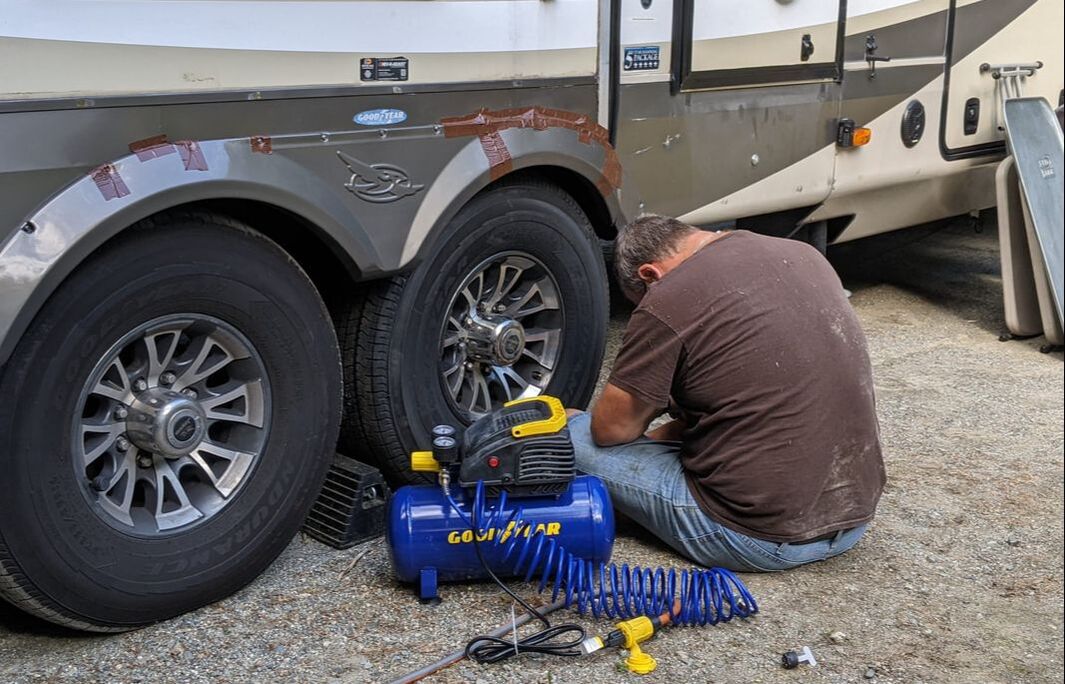
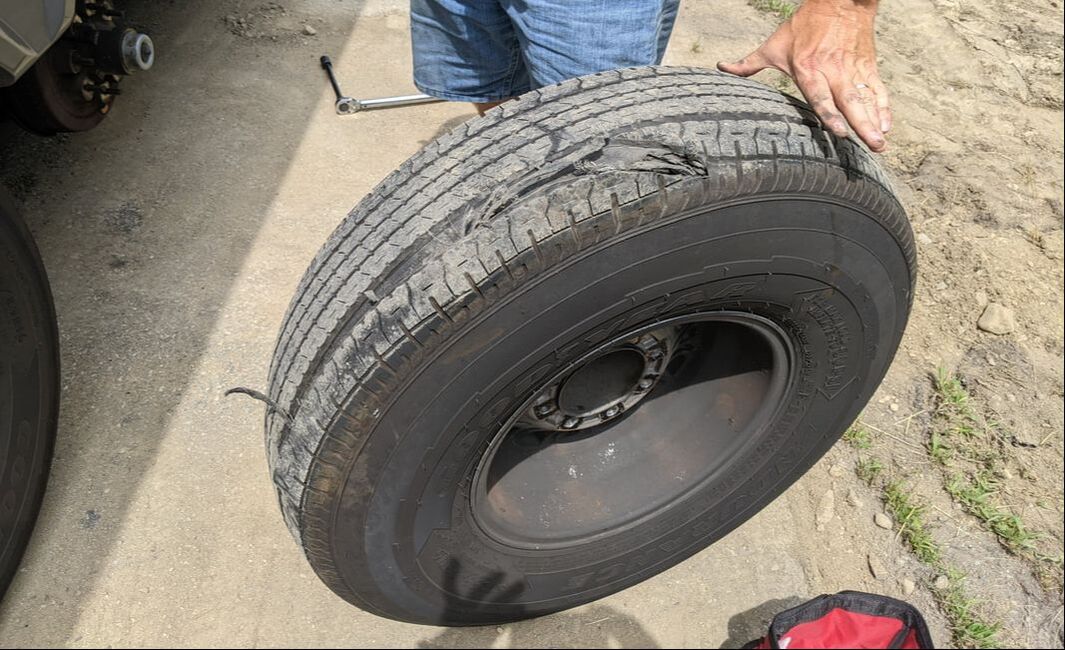
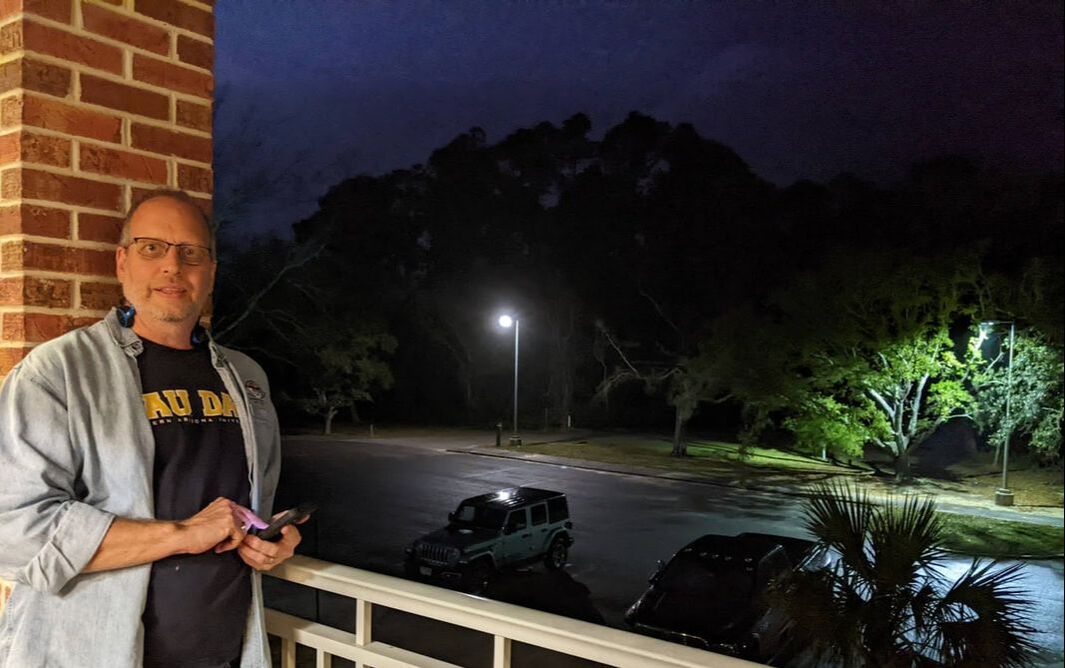
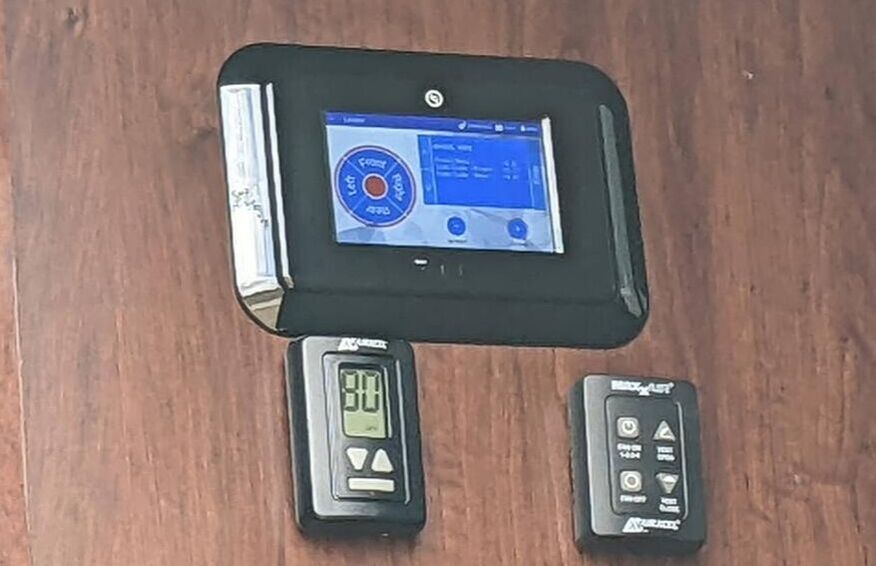
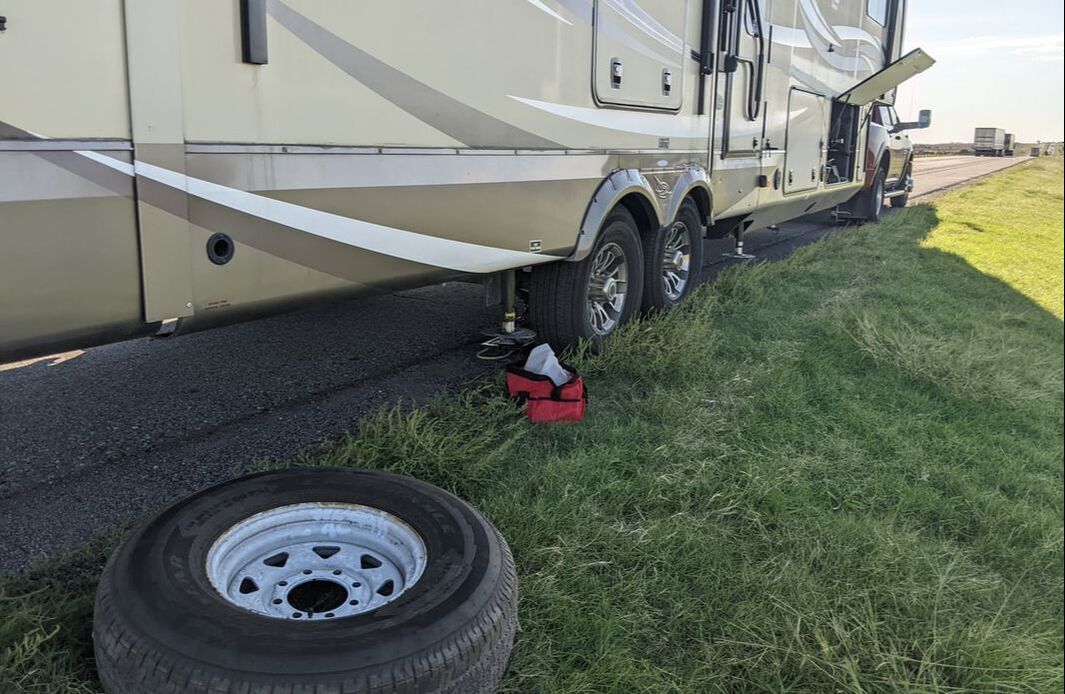
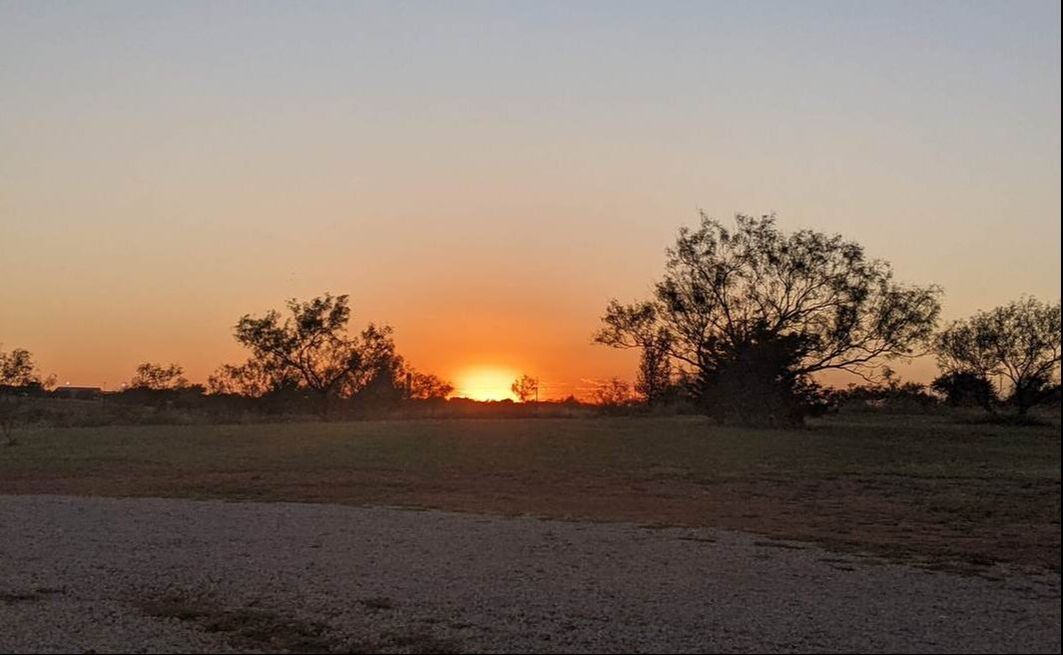
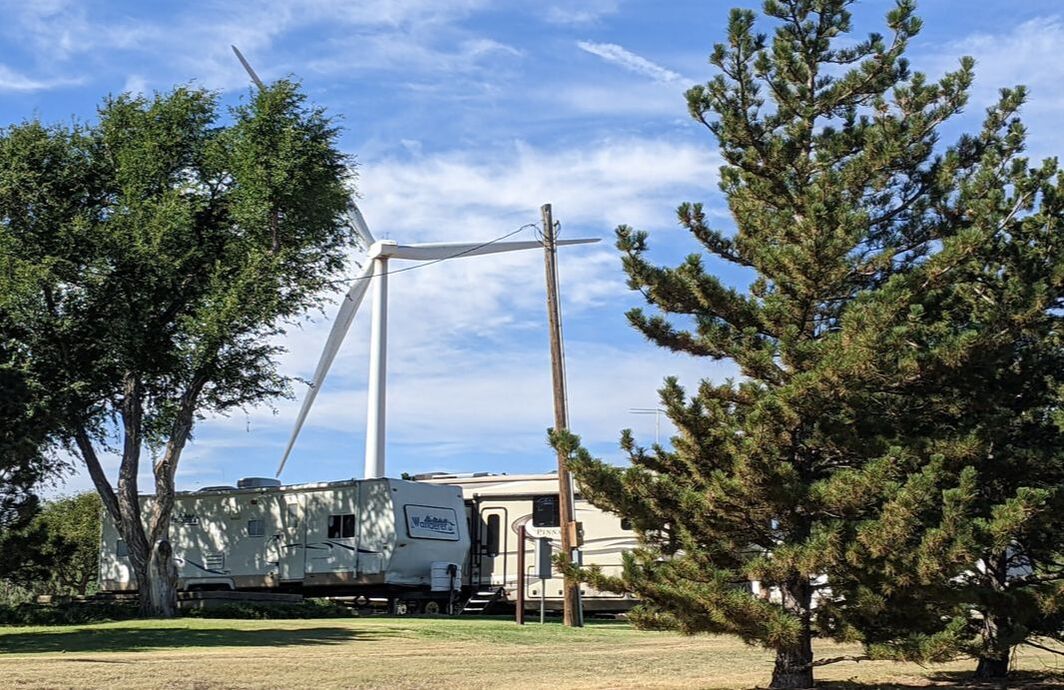

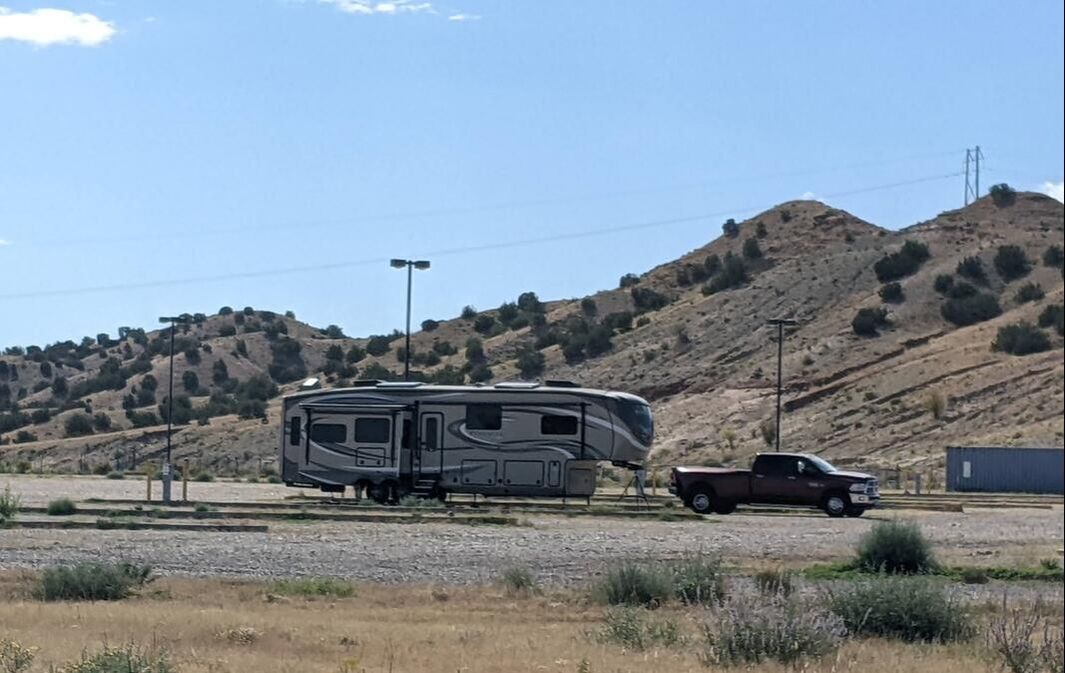
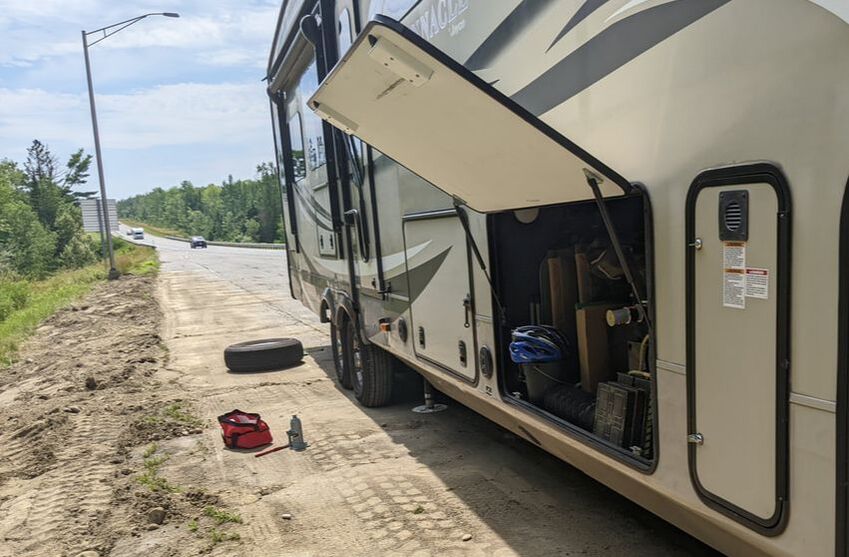
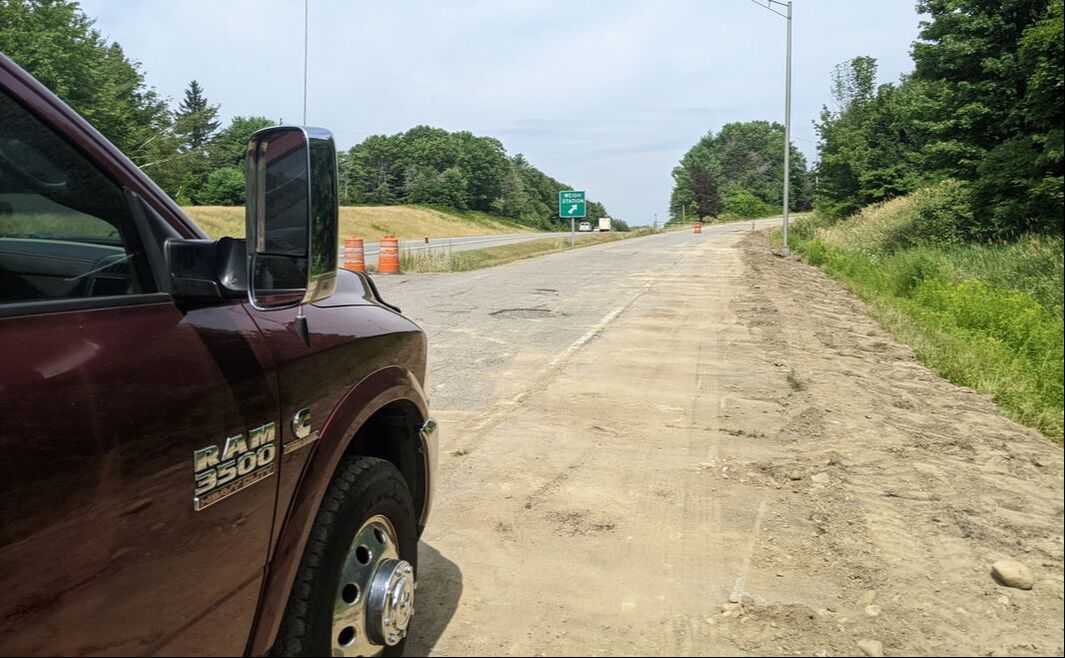
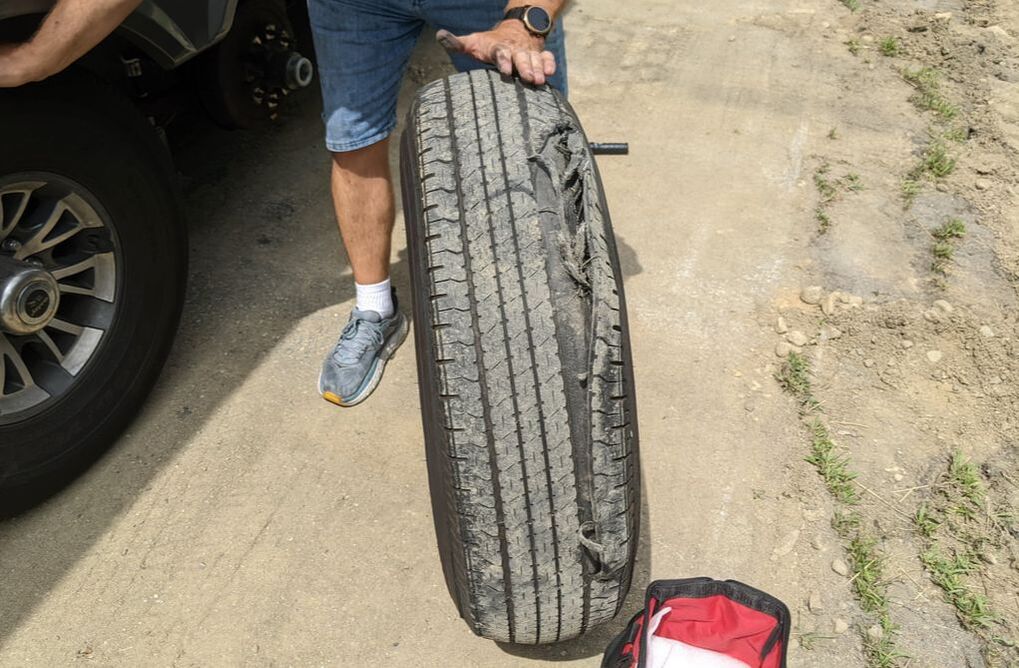
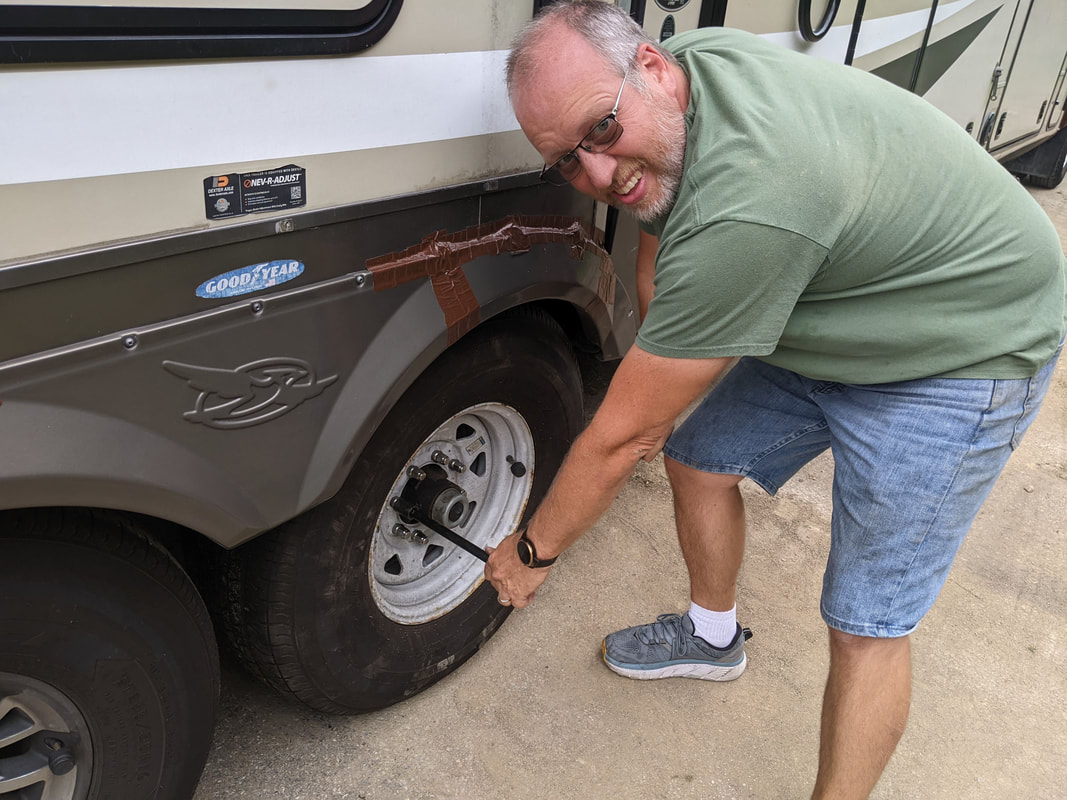
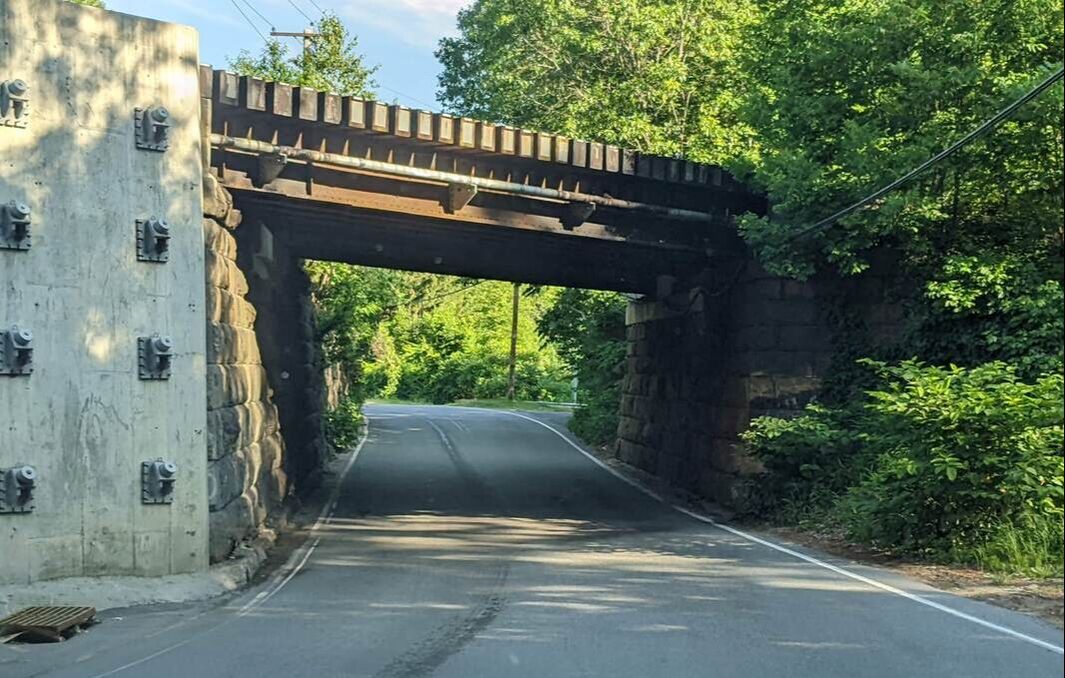
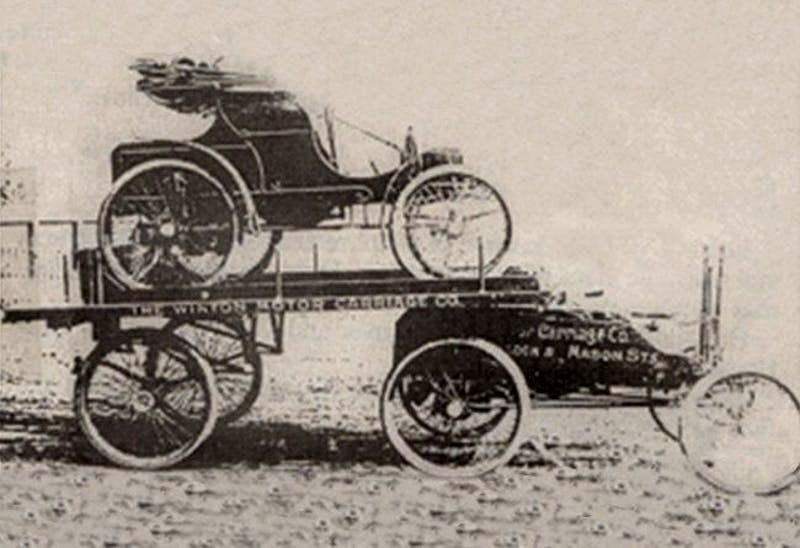
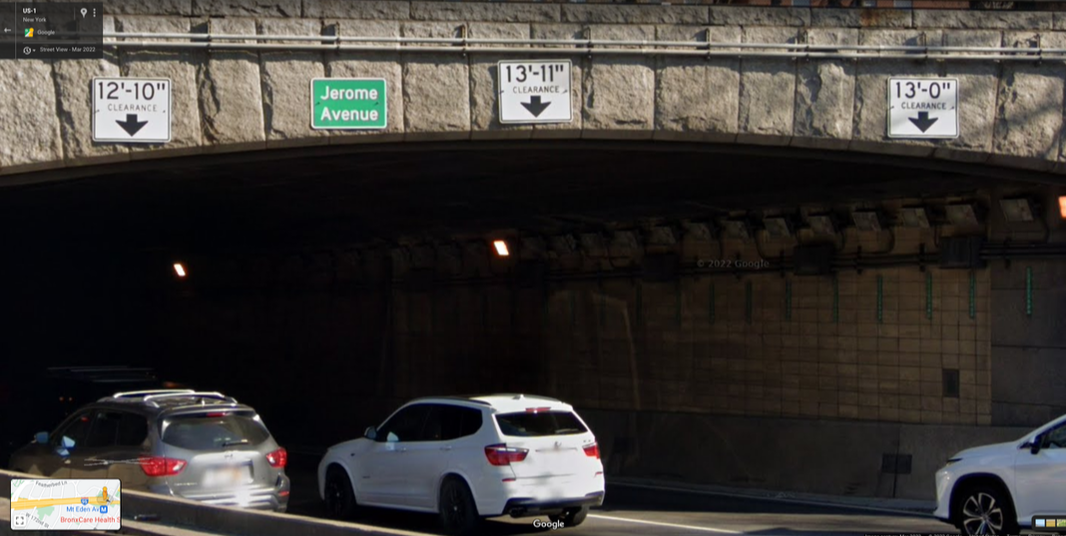

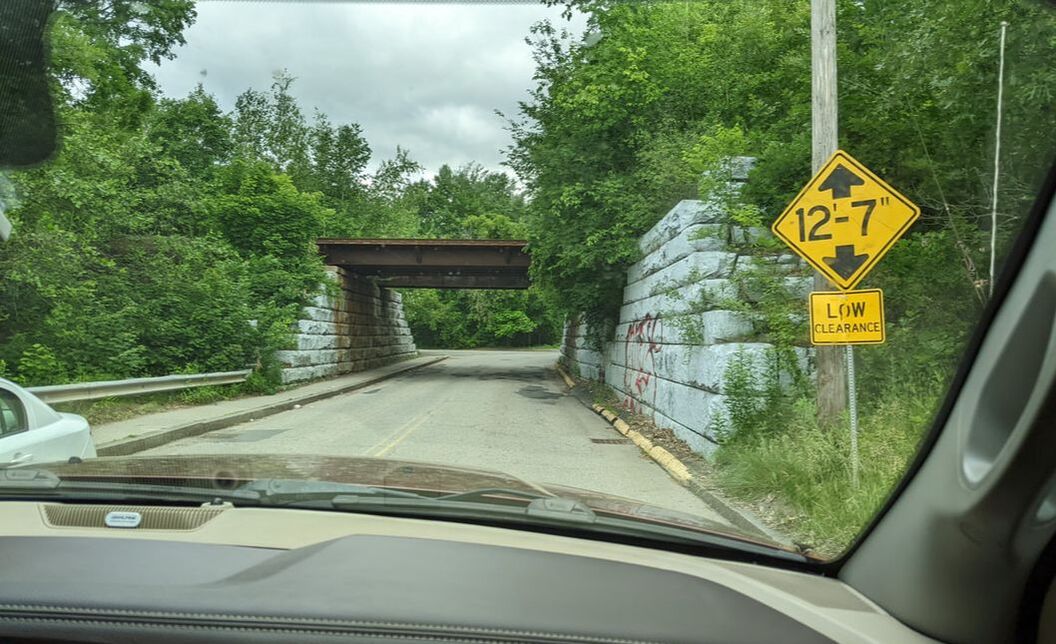
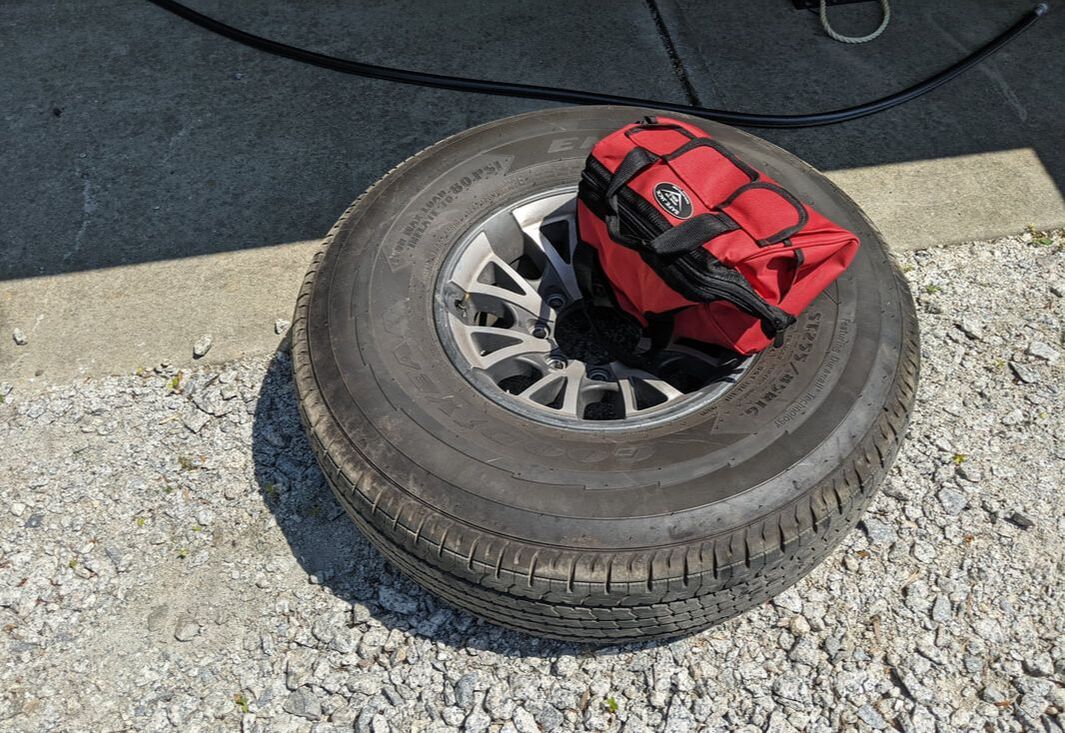
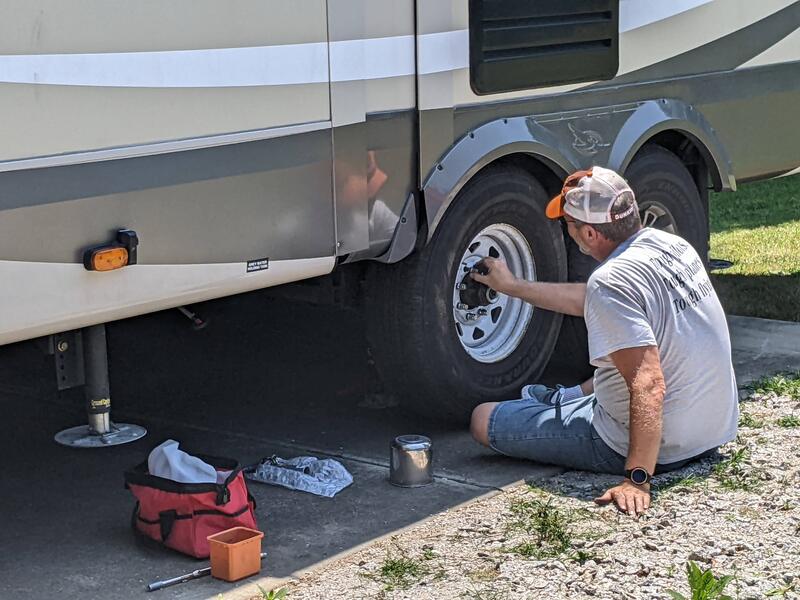
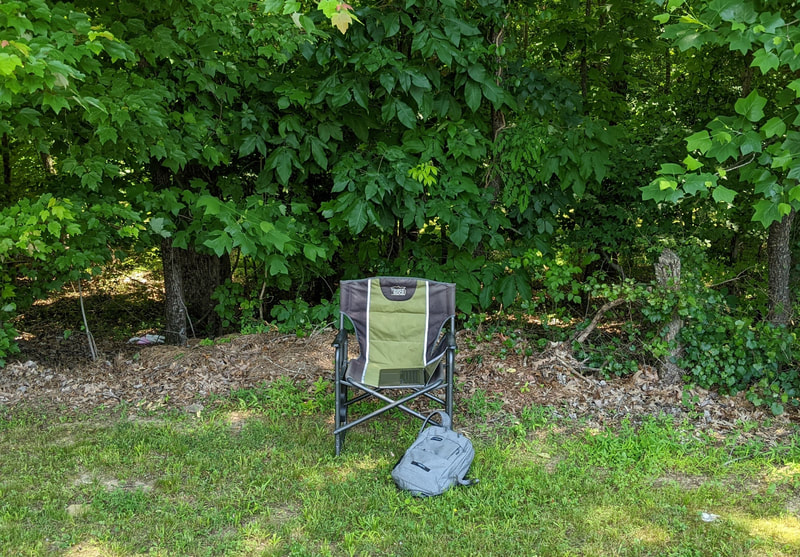
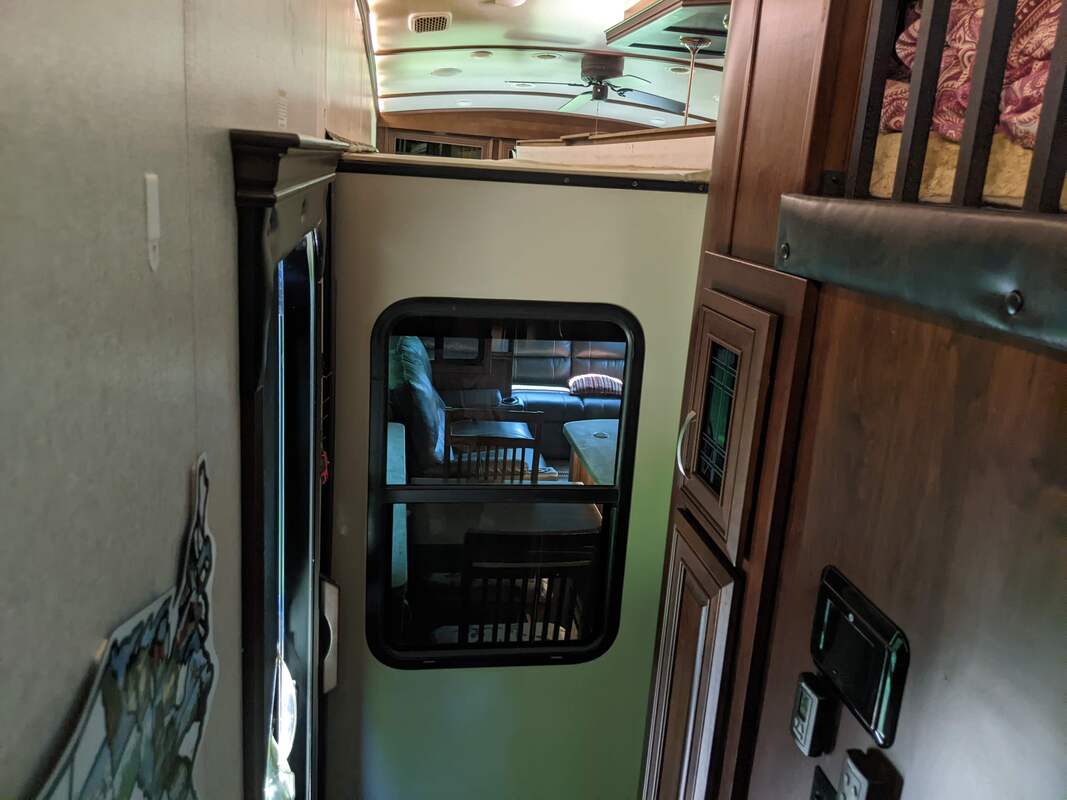
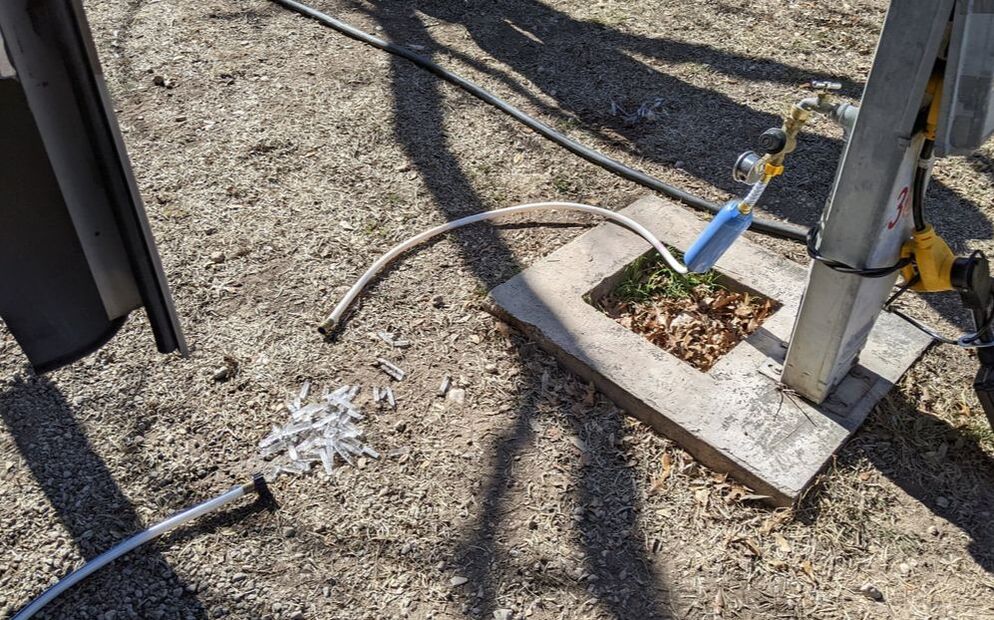
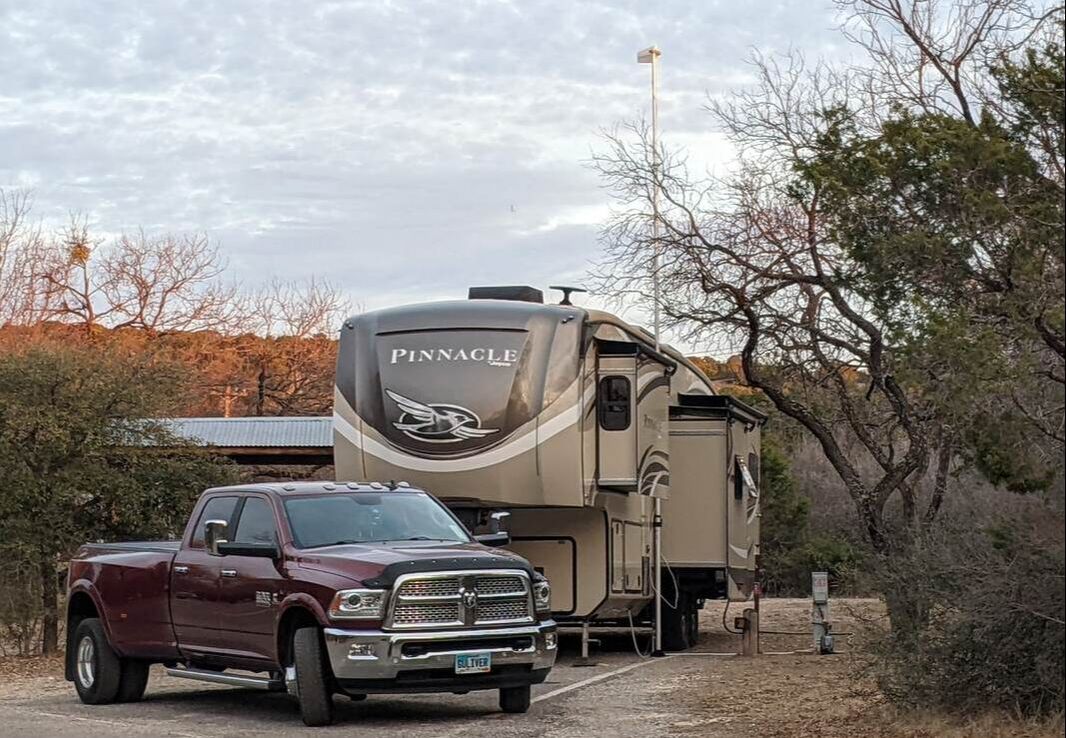
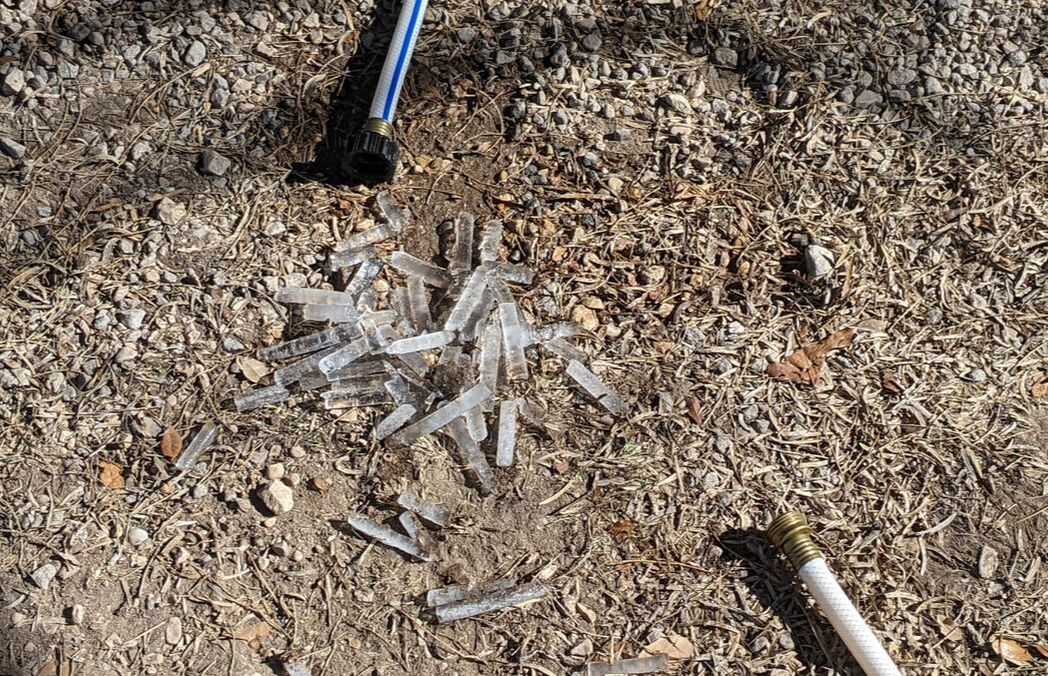

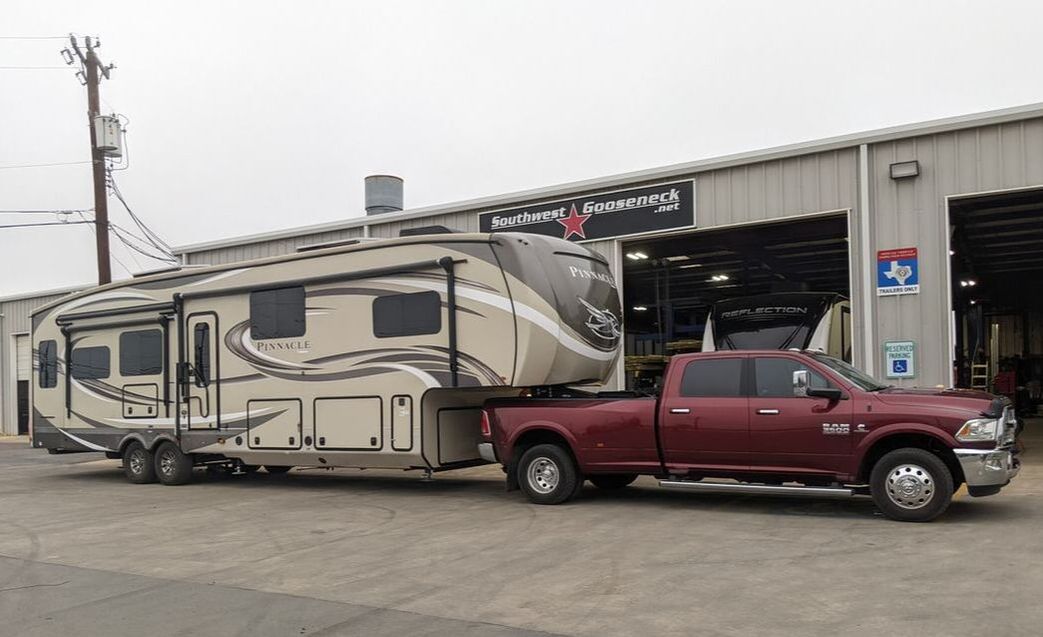
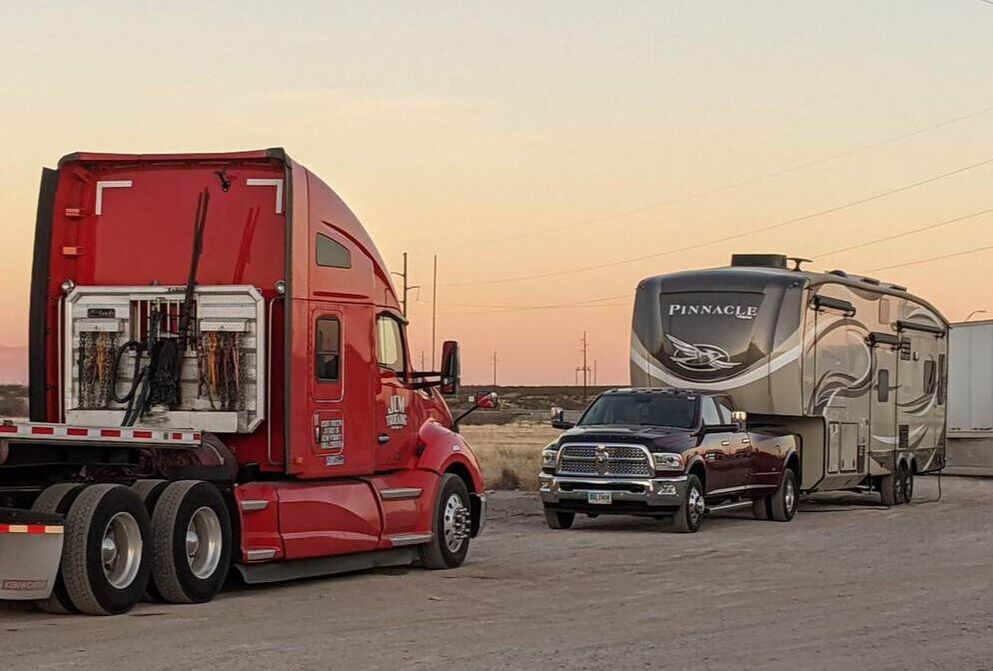
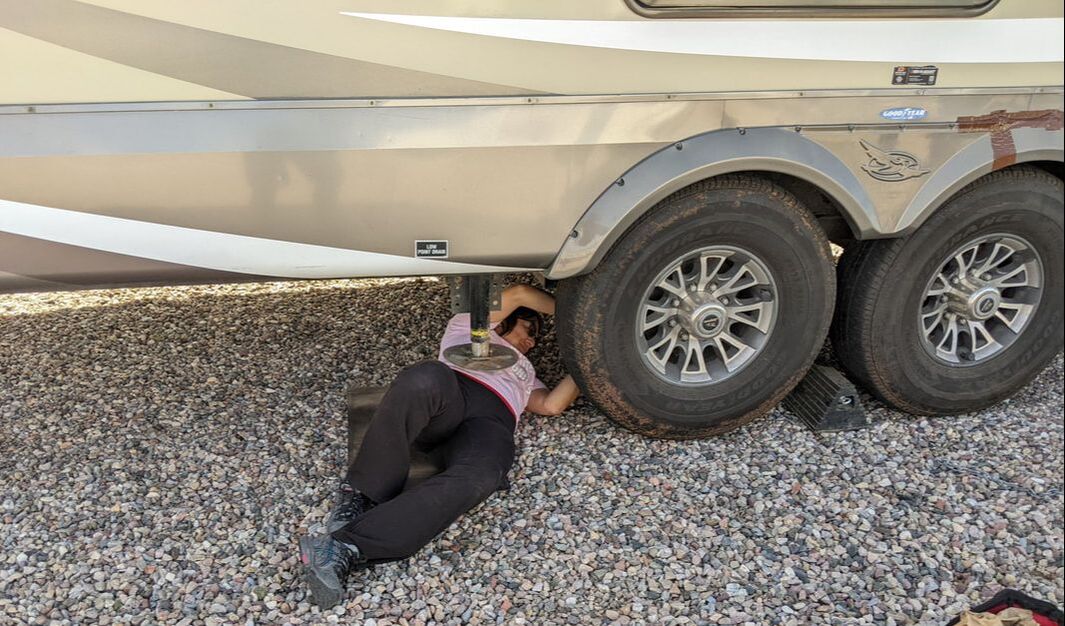
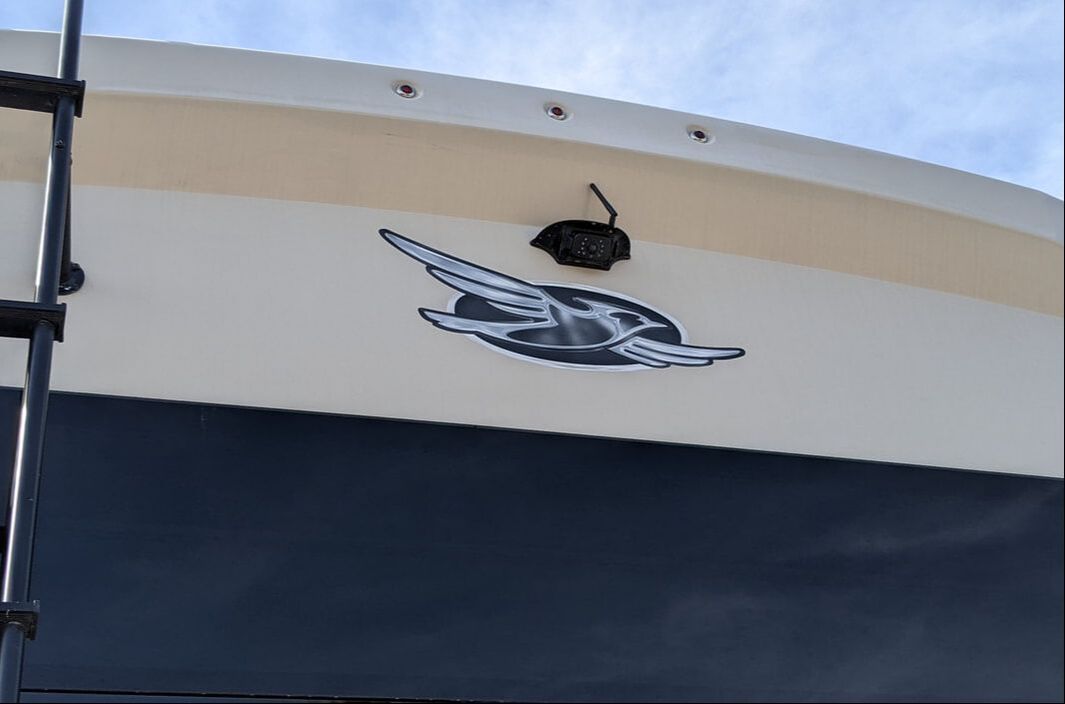
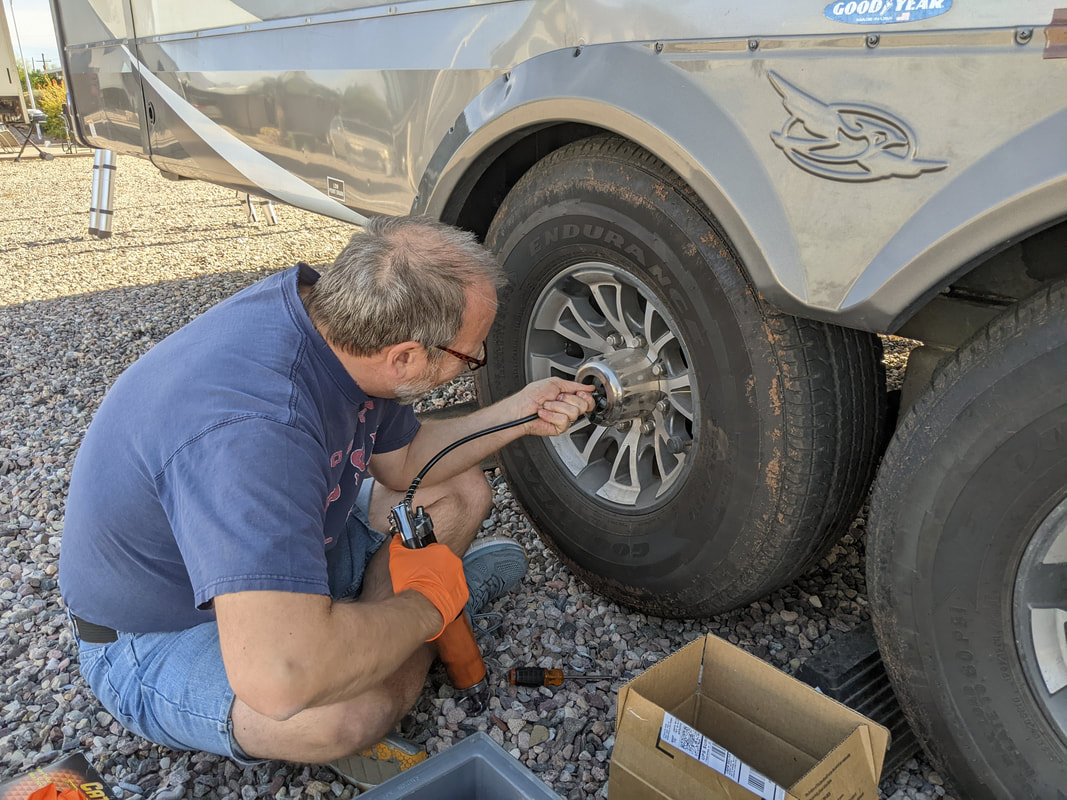
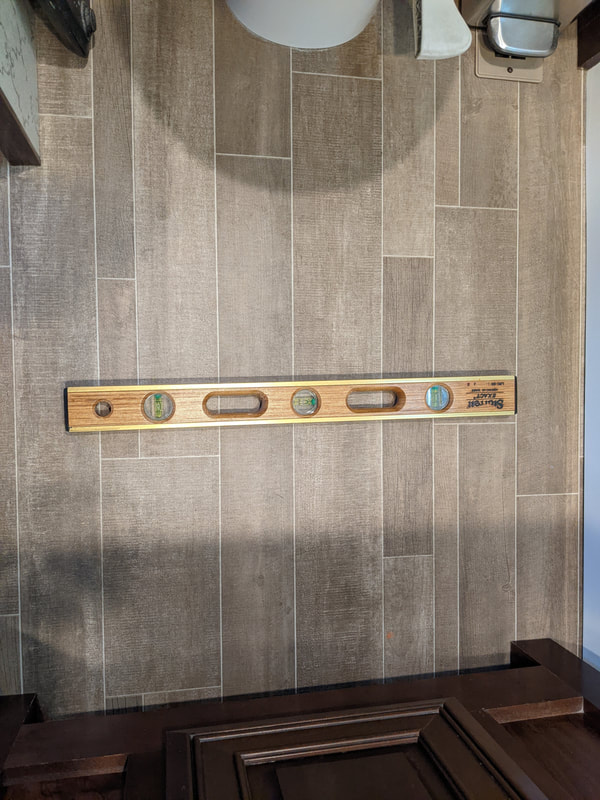
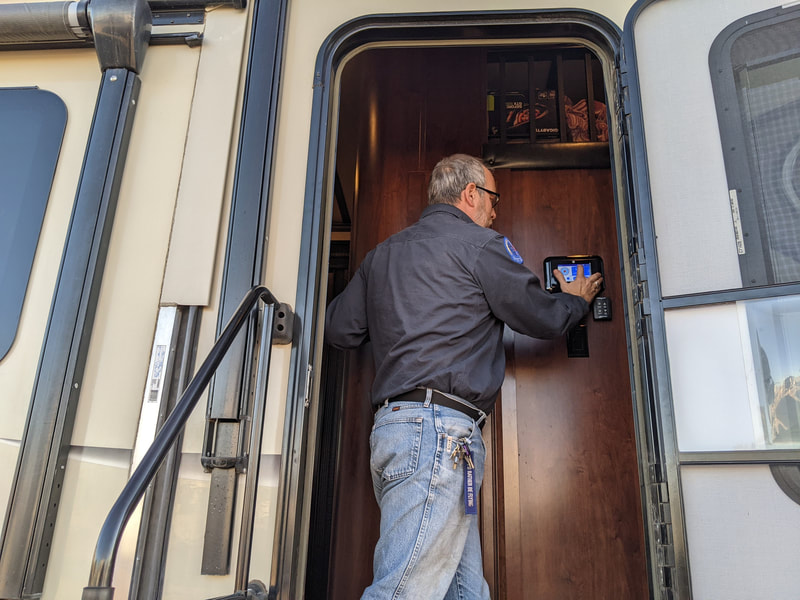
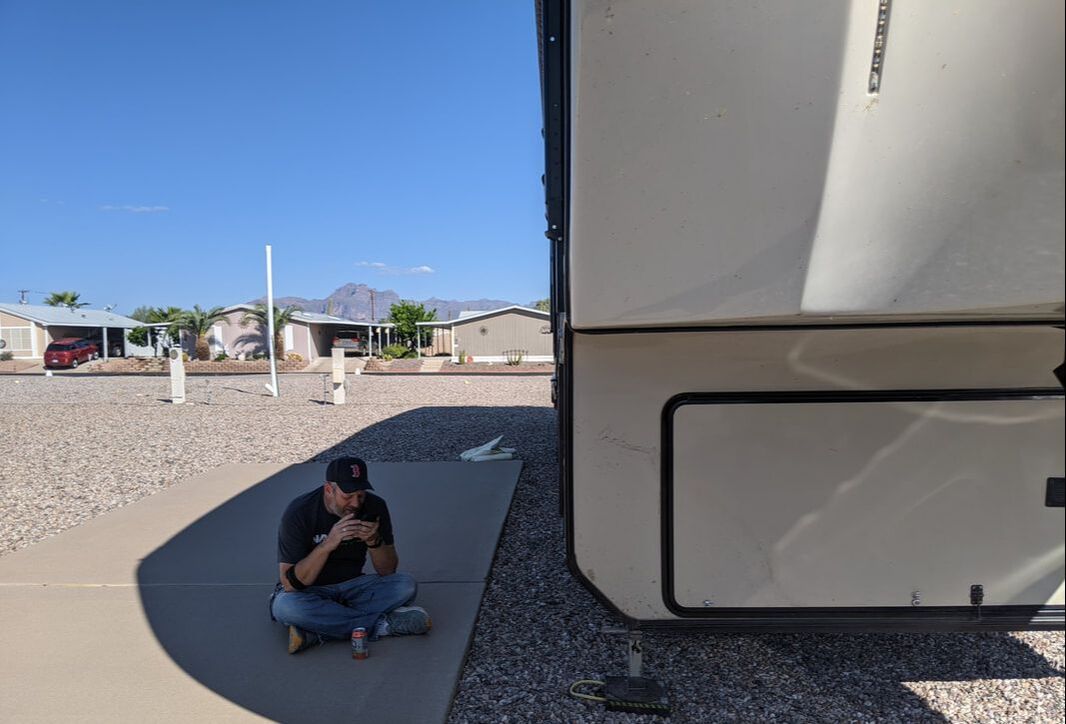
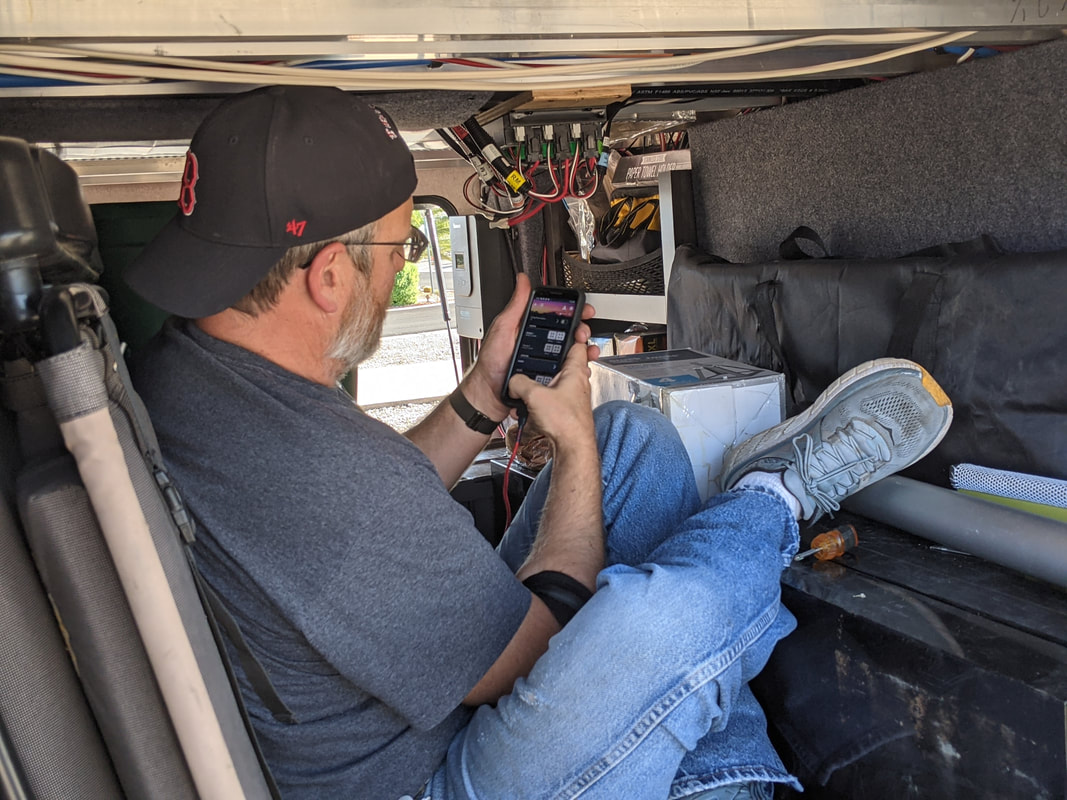
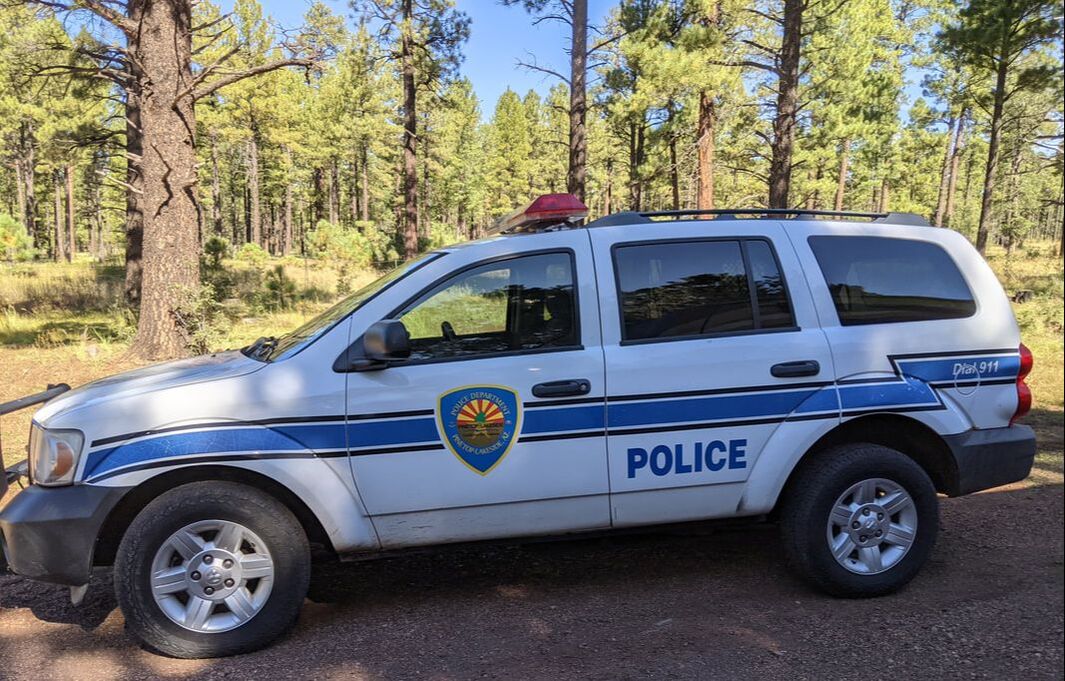
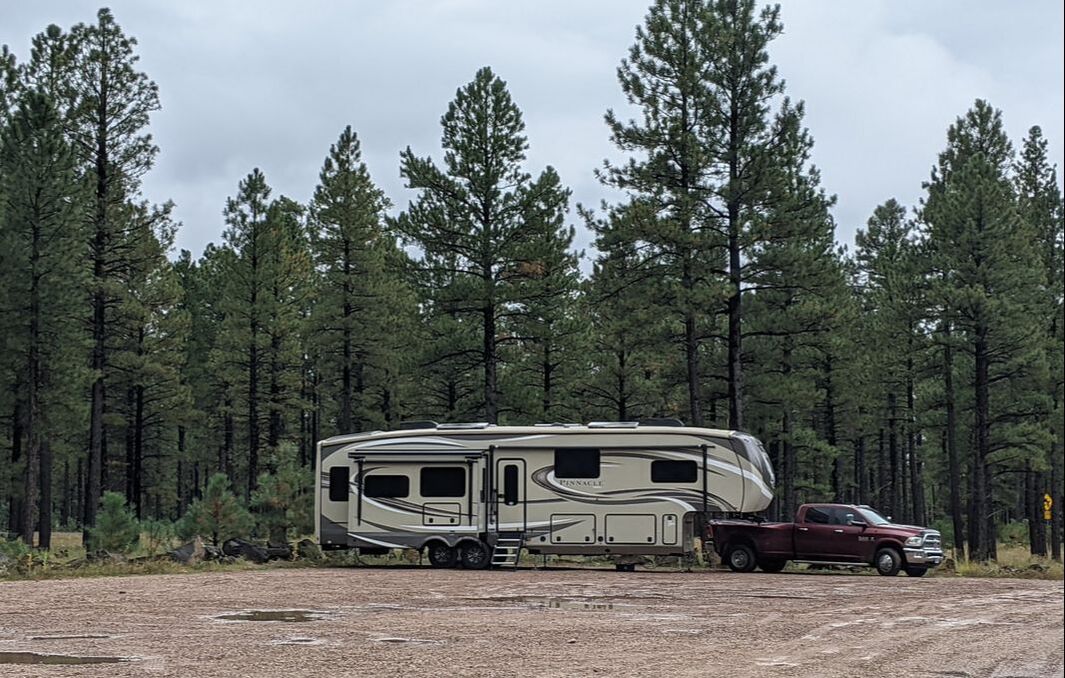
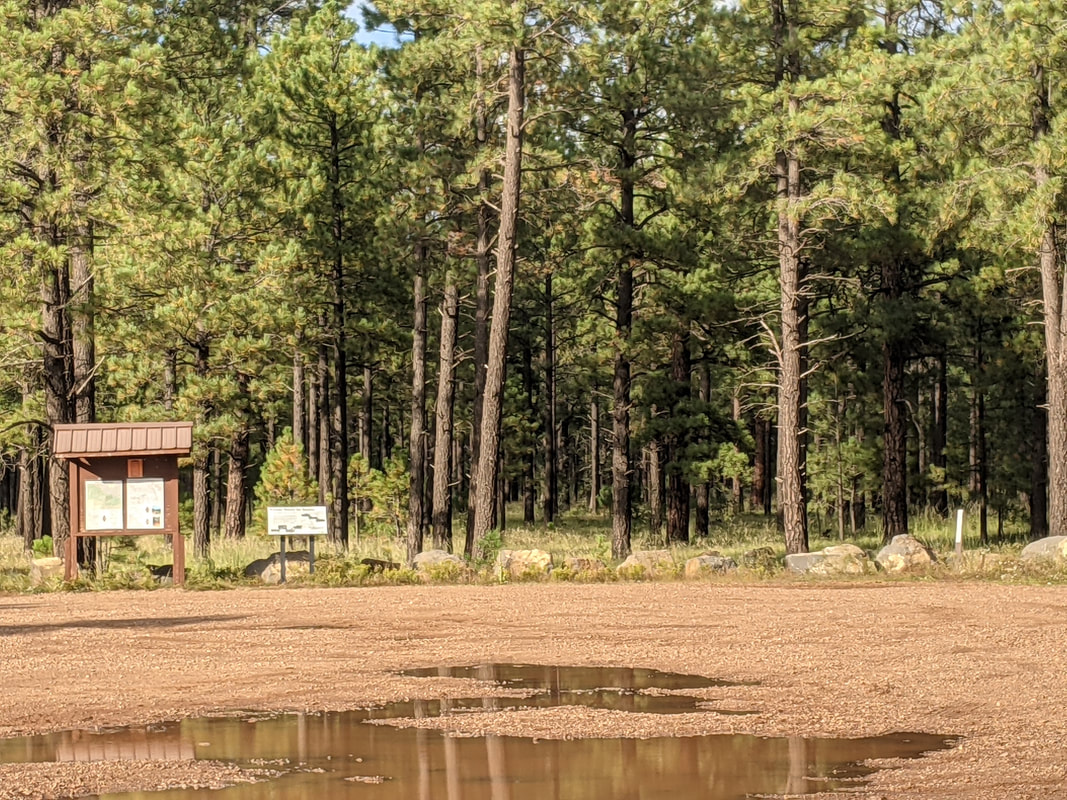
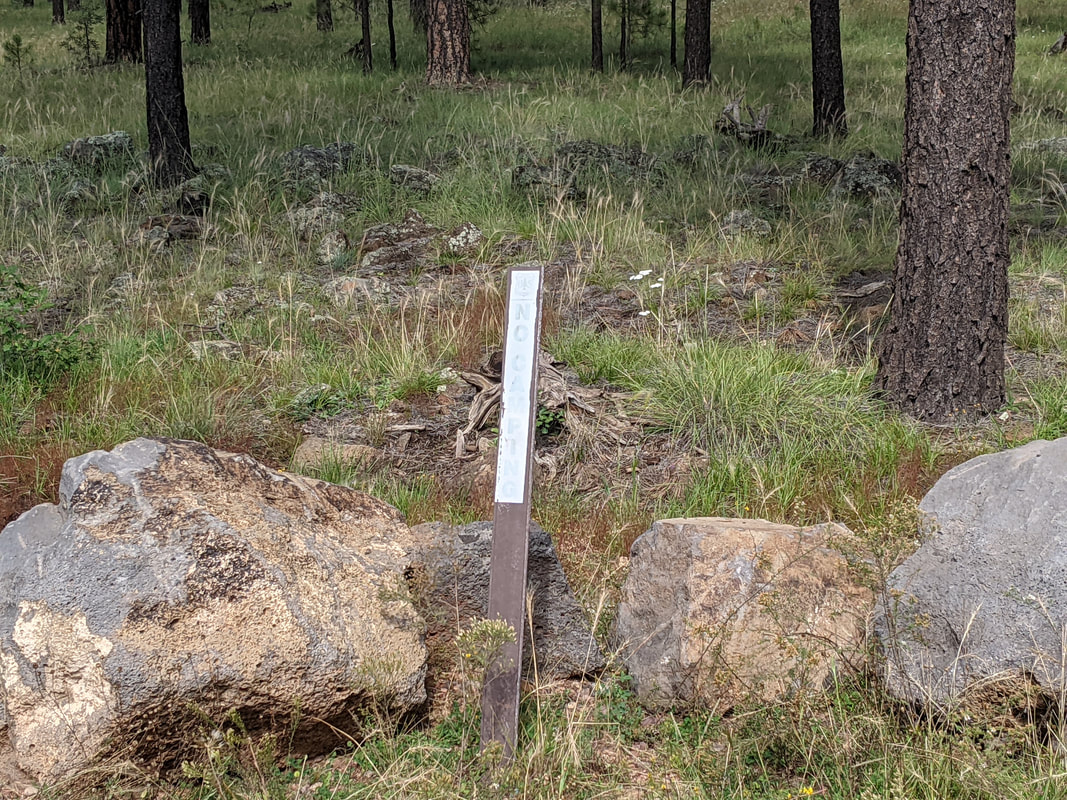
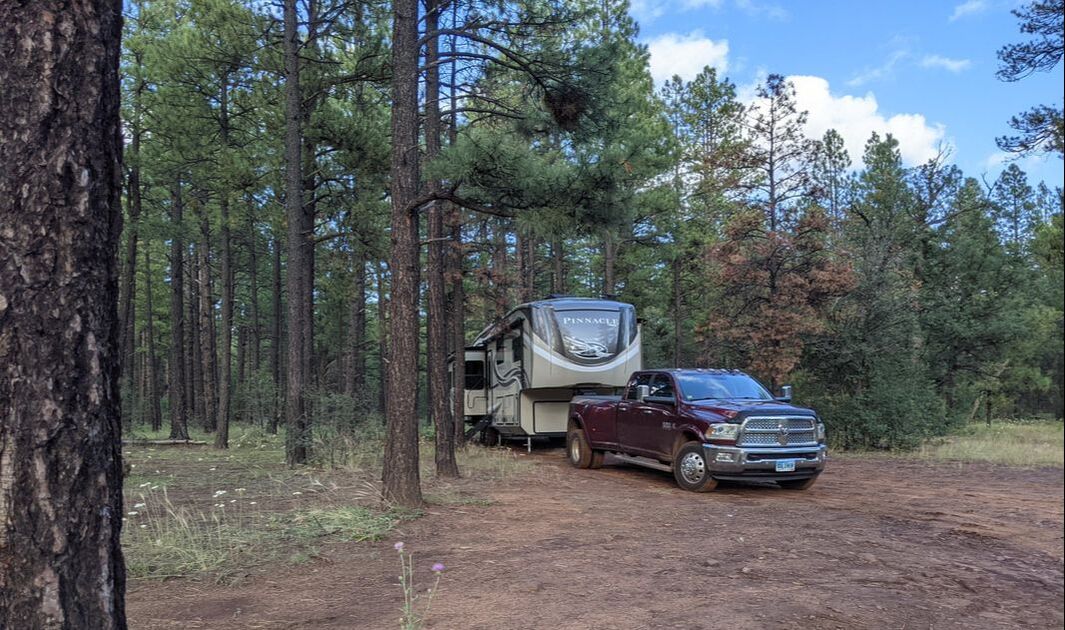
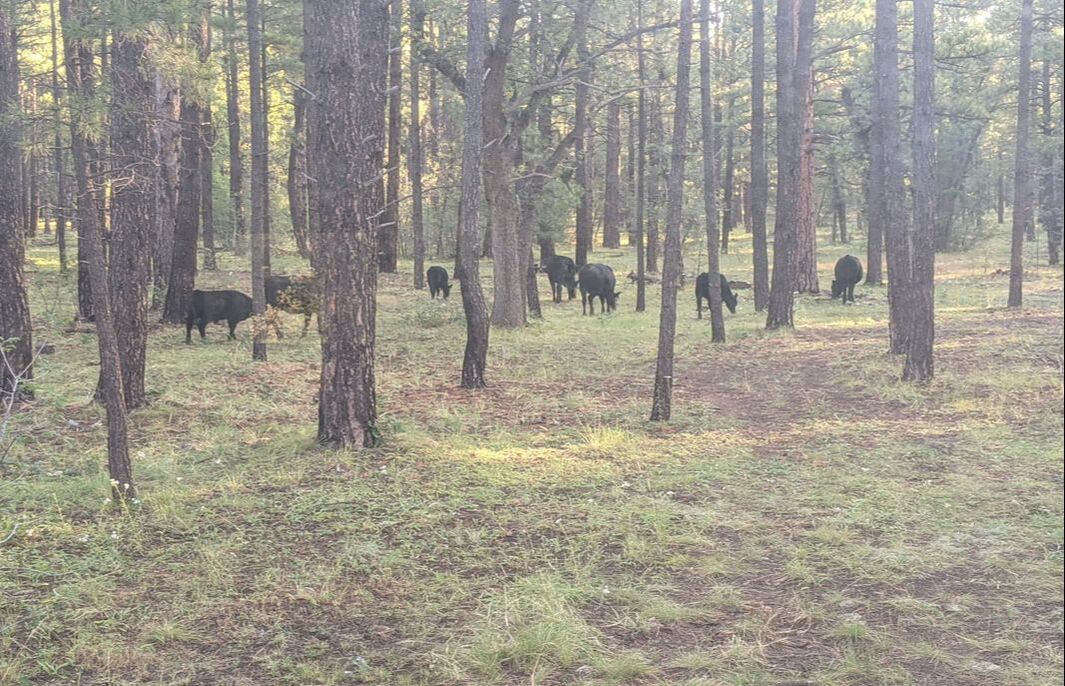
 RSS Feed
RSS Feed